I entered the world of DSLRs back with Canon T1i, which came with a kit 18-55mm F3.5-5.6 IS lens. I hated that lens. It was clunky in operation, had a very slow and limiting maximum aperture range, and was uber-cheap in construction. I ditched it as soon as I could. Before long I ended up where many photographers of that era did – with a Tamron or Sigma zoom that covered a similar zoom range but with a constant F2.8 aperture. Yes, the price was more expensive, and yes, the lens was a little heavier, but the constant F2.8 aperture opened up so many more photographic possibilities. Low light photography, shallow depth of field shots, and that more professional look where the subject is more isolated from the background. Ironically, however, while Sony mirrorless cameras have quickly proliferated with more lens options than I’ve ever seen before, one of the basics missing was this very popular zoom and aperture combination that allows APS-C shooters to upgrade their kit lenses. Yes, Sony does have a premium zoom in this space, but the Sony 16-55mm F2.8 G lens costs a whopping $1400, which is more than what most of the Sony APS-C mirrorless cameras cost! Tamron more recently released an excellent 17-70mm F2.8 VC lens, a lens I reviewed very favorably, but it is also very much on the large side of things at nearly 120mm long and weighing 525g. This is, frankly, bigger than what many people are looking for. This made for a great slot for Sigma to slide into with their new Sigma 18-50mm F2.8 DC DN lens, as it covers this popular zoom range while delivering excellent image quality, a constant F2.8 aperture, and at an extremely compact size and weight. It is only 62mm in diameter, 76.5mm in length, and weighs only 290g. Despite being beautifully compact, Sigma has packed some excellent optics into this lens.
I fully anticipate that the Sigma will hit a sweet spot for many APS-C photographers that have either a Sony E-mount camera (like the a6400 and a6600 cameras used in this test) and Leica L-mount APS-C cameras. It retains a high degree of portability with the compact size but also really delivers a very versatile optical performance. As we will see, it is sharp even at F2.8, and delivers a very high magnification level on the wide end (over 0.35x, with about 0.20x on the telephoto end). That allows you to take some creative close-ups like this.
Lenses like this are a staple for many photographers and can, for some, be their only lens. This requires the lens to be versatile, though, a jack-of-all-trades. The Sigma’s disadvantage compared to competitors is that it has a slightly constricted zoom range relative to other options, but I do think it compensates by being extremely compact relative to the competitors, and it also retails for a very reasonable price of $549 USD, which dramatically undercuts, say, the Sony 16-55mm F2.8 G. Does Sigma’s approach to this equation resonate with you? Should the Sigma 18-50DN (as I’ll call it for brevity in this review) get shortlisted as your next lens? You can check out my thoughts in the long format definitive or standard video review below…or just keep reading.
Follow Me @ Patreon | My Newsletter | Instagram | Facebook | DA Merchandise | Flickr | 500px
Thanks to Sigma Canada (Gentec) for sending me a pre-release loaner copy of this lens. As always, this is a completely independent review. The opinions here are completely my own.
Sigma 18-50DN Build, Handling, and Features
The 18-50DN will be part of Sigma’s “Contemporary” line, a designator that I’ve complained for years is pretty much meaningless. At one point it meant “cheaper” in build and price, but Sigma’s recent iSeries lenses falls under the Contemporary line, and they are beautifully made. The 18-50DN falls somewhere in the middle; it has a nice degree of build including some basic weather sealing, but is rather short on features. It has no Optical Stabilization (Tamron 17-70mm does), no AF/MF switch or Focus Hold button (Sony 16-55mm does), but Sigma has instead gone with the early Tamron on Sony route – less premium on the outside to focus on making something premium on the inside while keeping things smaller and lighter. It’s been a winning formula for Tamron, and I suspect that more people will care about having a lightweight, compact lens than will care about a missing AF/MF switch or focus hold button. You can see from this chart how much smaller and lighter the Sigma is than its competitors.
The Tamron obviously has a significantly larger zoom range along with the optical stabilizer, but even the Sony is nearly 12mm wider in diameter, nearly 24mm longer, and weighs 204g more. That’s a very meaningful difference. I like that Sigma has chosen a path that gives it a distinct role in the hierarchy of choice.
The 18-50DN is a mixture of metals and “thermal composites” (high grade engineered plastics) in construction, and the construction feels quality in the hand. It is built around a metal mount.
There is a weather sealing gasket at the lens mount, but, like other Contemporary lenses, I don’t think there is any internal seal points.
As noted, there are two rings on the lens. The closest to the lens mount is is the focus ring, which is fairly narrow (10mm), ribbed, and moves smoothly. It is has light damping and doesn’t have a lot of feel, but it gets the job done without any observable issues.
The second ring is the wider (20mm) of the two, and it is the zoom ring. The zoom action is very smooth, with a single inner barrel that extends about 25mm. The inner barrel is well engineered and without any wobble.
Also included is a fairly shallow petal-shaped lens hood. It has a ribbed texture section to help you grip it for removal and will reverse for storage.
There are seven rounded aperture blades inside, and these do a reasonably good job of maintaining a circular shape with the lens stopped down.
A look at the front of the lens shows a 55mm front filter thread along with a significant amount of glass inside; this is the huge advantage over a kit type lens with a much smaller maximum aperture value.
Like many recent zoom lenses, there is a separate minimum focus distance for wide angle (18mm) and telephoto (50mm), with interim focal lengths being on a sliding scale between them. The highest magnification (as per usual) is at the 18mm end, where you can focus as close as 121mm. Only one problem – when the lens is mounted on the camera, the distance from the sensor to the end of the lens (without the lens hood) is 95mm, leaving only 26mm of working distance between you and your subject. Here’s what that looks like:
It is basically unusable, as even without the lens hood it is almost impossible for the lens to not be shading your subject. If you add the lens hood, you actually exceed that minimum focus distance. So, in theory, you can achieve a maximum magnification of nearly 0.36x, but you are unlikely to ever achieve that in the field. Here’s what that looks like if you were able to achieve it:
You’ll see a lot of field curvature and a very small sweet spot of focus/sharpness. My advice: back up a little and get much nicer results with more like magnification in the high 20s instead.
The telephoto end doesn’t market as well, but is much more useful. You can focus as closely 30cm there, but the resulting magnification of 0.20x is much more easily attainable.
The wide open sharpness and contrast there is not off the charts, but is good enough to produce nice real-world results like this:
There is no optical stabilization on the lens, unfortunately. Those who use cameras with in-camera stabilization won’t notice, but I tried to do some handheld video work with the a6400 and was sadly disappointed with the results because of the camera shake. On the plus side, though, the light weight and compact size of the lens makes it a very natural fit for gimbal work.
I would say that the single biggest distinguishing factor here is the compact size of the 18-50DN. This sets it apart from competitors in a way it obviously doesn’t achieve with unique features. It’s a nicely made little lens that follows a familiar, well-executed Sigma formula.
Sigma 18-50mm F2.8 DN Autofocus Performance
That familiar formula extends to autofocus, where Sigma has employed a familiar stepping motor focus system. My experience with the autofocus system was generally positive, with fast, quiet autofocus and good accuracy. Here’s one of my favorite fall subjects – the drooping leaves of the sumac turning red:
You can see that focus has accurately gone where I wanted, allowing the rest of the image to slowly transition to defocus.
Here’s another shot a little further away where you can see that focus has accurately gotten the acorns and fall leaves set on a mossy green rock.
This shot of Loki shows precision animal AF focus that has accurately centered focus on the eye and delivered beautiful results.
In this shot I wanted accurate focus on the distant bare trees as a means of drawing the eye there, and the autofocus system gave me accurate results there.
This is all positive, and I found similar results when testing for video. Focus pulls were nice and smooth, and the lens did a good job of tracking my eyes as I approached the camera. Nothing to complain about here. I also saw little focus breathing, which is another strength for the lens.
Overall the autofocus gets the job done, and I think you’ll be happy with the performance from the lens.
18-50DN Image Quality Breakdown
Sigma has given the 18-50mm F2.8 DN an optical design of 13 elements in 10 groups, and this includes 1 SLD element and 3 Aspherical elements. Gone are the days when you needed to stop down a lens like this to get acceptable sharpness. This lens is sharp and has good contrast even at F2.8…in a landscape setting:
The broad strokes are obviously good, but let’s see how it holds up under some scrutiny. These tests are done on a 24MP Sony a6400 body.
First, let’s take a look at vignette and distortion, two areas that are often weaknesses for zoom lenses. The 18-50DN does not escape unscathed here. There is some strong barrel distortion at 18mm.
On screen this was a tight framing of my chart, but the RAW file shows a very loose framing, showing that in camera I was seeing a corrected JPEG result but that Sigma is actually allowing space for the lens to be corrected and still be 18mm in framing. It took a +21 to correct for the distortion manually (no RAW profile exists as I am reviewing the lens before public release). There is only a faint “mustache” pattern that remains; the distortion is reasonably linear in nature. Vignette was less extreme, requiring a +54 to correct, or somewhere around 2 stops.
Moving on to 28mm eliminated the barrel distortion and actually shows a bit of an inversion to a pincushion distortion…though to a much milder degree.
I only had to use a -5 to correct the distortion here, and a +48 corrected the vignette.
At 50mm the pincushion distortion becomes a bit more prominent (-10 to correct) while the vignette was the same (+48 to correct).
I would say that distortion is the most significant weakness for the lens, a trend I’ve seen with a few recent Sigma zooms. Fortunately the lens does receive full in camera profile corrections for JPEGs and Video, and a profile in Adobe and other editing software will show up in time.
I did not see a problem with lateral chromatic aberrations in either my chart tests or real world images.
I also see only very, very minor longitudinal chromatic aberrations in this high contrast crop of bright light hitting Loki’s fur, whiskers, and eyes.
So, outside of the distortion, the basic optical flaws are pretty minimal. So how about sharpness and contrast? Here’s a look at the test chart we will be referencing for these tests, with the crops to be shown around the 200% magnification level.
So let’s take a look at crops from the center, mid-frame, and bottom right corner at 18mm, F2.8:
A lot of positives there. Excellent sharpness and contrast in the center and mid-frame, with good resolution but lower contrast in the corners.
Stopping down does not result in any improvement in the center of the frame, but I do see some improvement in the midframe and corners, though the corners never reach the same levels as the middle portions of the frame. Here’s a look at F2.8 vs F5.6 along the edge:
Real world results look excellent at landscape apertures like F5.6, with excellent detail and contrast across the frame.
24mm looks stronger still, with a bit more contrast and detail all across the frame. This is probably the high water mark for the zoom’s acuity. Here are the F2.8 crops from across the frame:
Landscape apertures are, as you expect, excellent at 24mm:
I saw a bit of a dip in contrast at 35mm, and I needed to stop down a bit to see the kind of contrast I’ve seen earlier in the zoom range.
This real world 35mm shot at F4 looked nice, I thought.
50mm was slightly sharper than 35mm, but the contrast levels are still not at their 24mm peak. Resolution proved just fine for real world applications, with nice detail showing even in the deep crop below.
Here’s another 50mm favorite:
There’s no question that the lens is capable of producing excellent, highly detailed results.
Bokeh quality depended a lot on the circumstance. In some situations the bokeh was nice and soft:
In other shots where there was more transition zone area, I found the bokeh to be a little on the “jittery” side.
Most shots, however, were somewhere in between. Not high end prime level of bokeh, but definitely nicer than what you would get with a kit-type lens.
The look of sunbursts is nice but nothing special. The blades don’t have the distinction of straight blades, but it is nice enough to add a little extra touch to images.
Flare resistance was also fairly good, with only minimal ghosting artifacts showing up in real world images.
Contrast remained strong, however with only a bit of a flare pattern showing in some images.
I was able to test for astrophotography, and found a bit of coma smear in the corners along with a bit of generalized fringing on the brightest points of light.
I was able to get nice looking Milky Way images with a lot of asteroid action, too.
All told, this is clearly in another league relative to kit-type lenses. I got a lot of great looking images out of my time with the lens. I would definitely encourage you to check out the lens image gallery to see more. I had the good fortune to be shooting for this review in the Ontario, Canada autumn, which is my favorite season for photography!
Conclusion
I suspect that the Sigma 18-50mm F2.8 DC DN is going to be well received. It is a compact zoom with a nice build quality, a constant F2.8 aperture, and a very good optical performance (outside of a bit of distortion). I found it to be an effortless pairing to take out on a hike, and it provided me with one interesting image after another, with a lot of flexibility for how I framed my shots.
The 18-50DN is the kind of lens that is easy to keep mounted on a camera in the car beside you as you drive, just in case you come on scenes like this on the drive:
The close focus abilities will help it to be a good lens to mount on a gimbal or slider for video work, as on the wide end you essentially can’t exceed the focus limit. The wider maximum aperture gives you more creative options for depth of field than kit lenses or something like the Sony E 18-135mm OSS. Colors were good, and I was generally happy with the images I got during my review. I could see this being the first upgrade for many photographers, and it could easily be their only lens, too. The reasonable price point of $549 USD makes this an attainable lens for many who simply can’t afford a lens costing a thousand dollars or more. I’ve been lamenting that Sony APS-C shooters have been somewhat left out in the cold as of late, but so far 2021 has been a great year for APS-C shooters due to third party offerings from Tamron, Samyang, and now Sigma. I’ve even reviewed some great inexpensive manual focus lenses from brands like 7Artisan and TTArtisan this year. Maybe you don’t have to trade in for a full frame body yet, as lenses like the Sigma 18-50mm F2.8 DN are pretty compelling reasons to hang onto that a6xxx series camera a little longer!
Pros:
- Compact size and light weight
- Nicely made with a weather sealing gasket
- Useful focal range with constant F2.8 aperture
- Good autofocus performance
- Minimal focus breathing
- Low amounts of chromatic aberrations
- Good sharpness across zoom range
- Nice bokeh in most situations
- Fairly good coma performance
- Reasonably priced
Cons:
- No optical stabilizer
- Fairly strong barrel distortion at 18mm
- Some ghosting in certain lighting conditions
Gear Used:
Purchase the Sigma 18-50mm F2.8 DN @ B&H Photo | Amazon | Camera Canada | Amazon Canada | Amazon UK | Amazon Germany | Ebay
Purchase the Tamron 17-70mm F2.8 VC RXD @ B&H Photo | Amazon | Camera Canada | Amplis Foto (use code AMPLIS52018DA for 5% off) | Amazon Canada | Amazon UK | Amazon Germany | Ebay
Purchase the Sony a6600 @ B&H Photo | Amazon | Camera Canada | Amazon Canada | Amazon UK | Amazon Germany | Ebay
Purchase the Sony a6400 @ B&H Photo | Amazon | Amazon Canada | Amazon UK | Amazon Germany | Ebay
Buy DA Merchandise https://bit.ly/TWIMerch
Purchase a Sony a7C @ B&H Photo | Amazon | Camera Canada | Amazon Canada | Amazon UK | Amazon Germany | Ebay
Peak Design Leash Strap: Peak Design Store | B&H Photo | Amazon | Amazon Canada | Amazon UK
Adobe Photoshop Creative Cloud 1-Year Subscription
Exposure Software X6 (Use Code “dustinabbott” to get 10% anything and everything)
Visit Dustin’s Amazon Storefront and see his favorite gear

Purchasing your gear through B&H and these links helps fund this website and keeps the articles coming. You can also make a donation here if you would like. Visit my Amazon page for some of my gear of choice! Thank you for your support.
Great News! I can now offer a 5% discount on all purchases at Amplis Foto, Canada’s Leading Photographic Supplier. Please enter discount code: AMPLIS52018DA in your cart. It is good for everything in your cart, and is stackable with other coupons, too! It will take 5% off your entire order! Proceeds go towards keeping this site going and providing you with new reviews!
Check me out on: My Patreon | Sign Up for My Newsletter | Instagram | Facebook | Twitter | Flickr | 500px | Google+ |
Keywords: Sigma 18-50 DN Review, Sigma 18-50mm Review, Sigma 18-50mm F2.8, Sigma 18-50mm F2.8 DN, Sigma 18-50mm F2.8 DN Review, DC, DN, F2.8, Sony a6600, Sony Alpha, a6600 Review, Sony, a6600, Review, Dustin Abbott, a6500, a6400, Hands On, Video Test, Sharpness, Autofocus, CA, Video AF, Autofocus, Eye AF, Lens, Comparison, Test, Dustinabbott.net, Sample Images, Sample Video, Let the Light In, Texas, Autumn, Canada


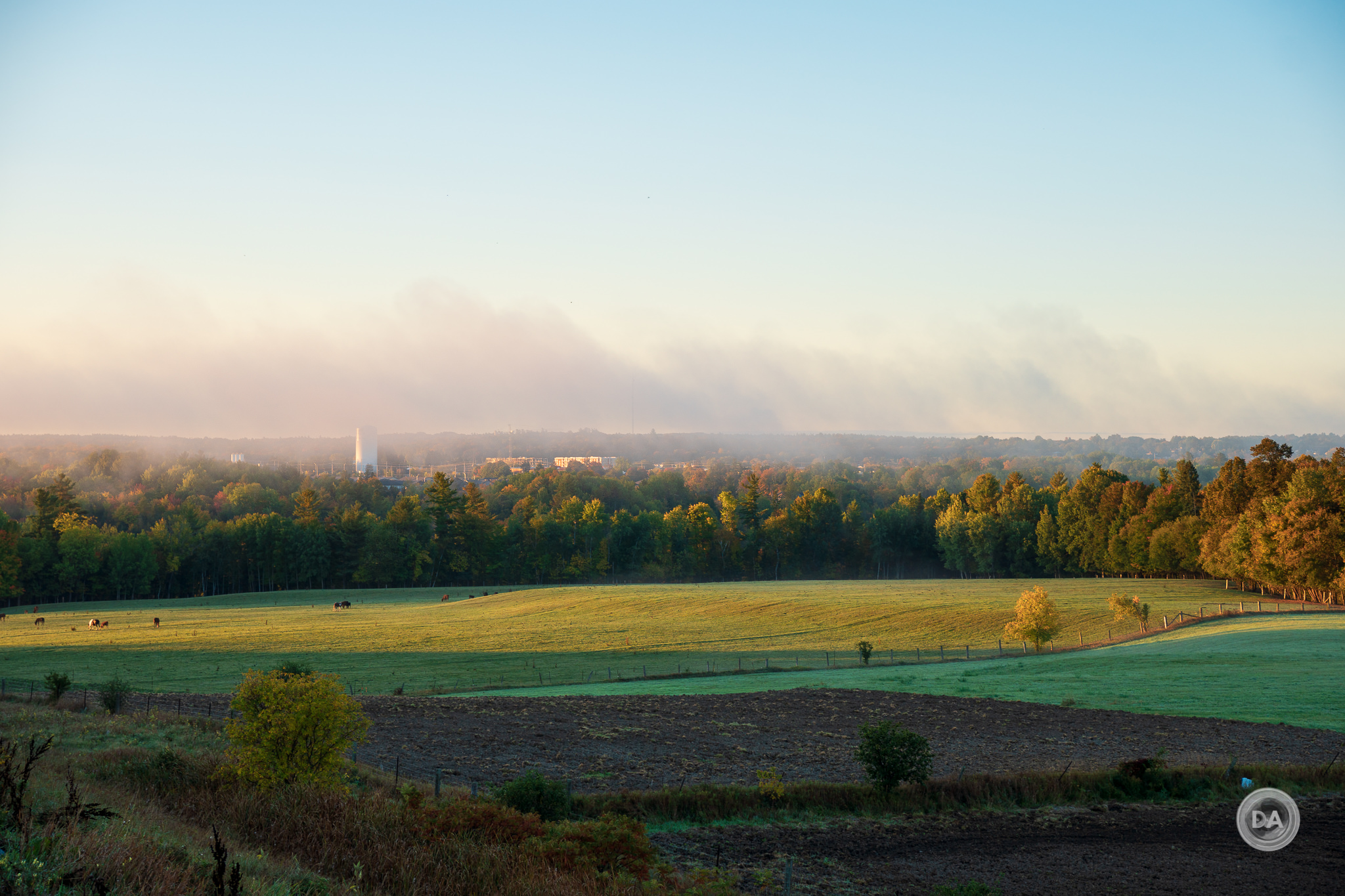


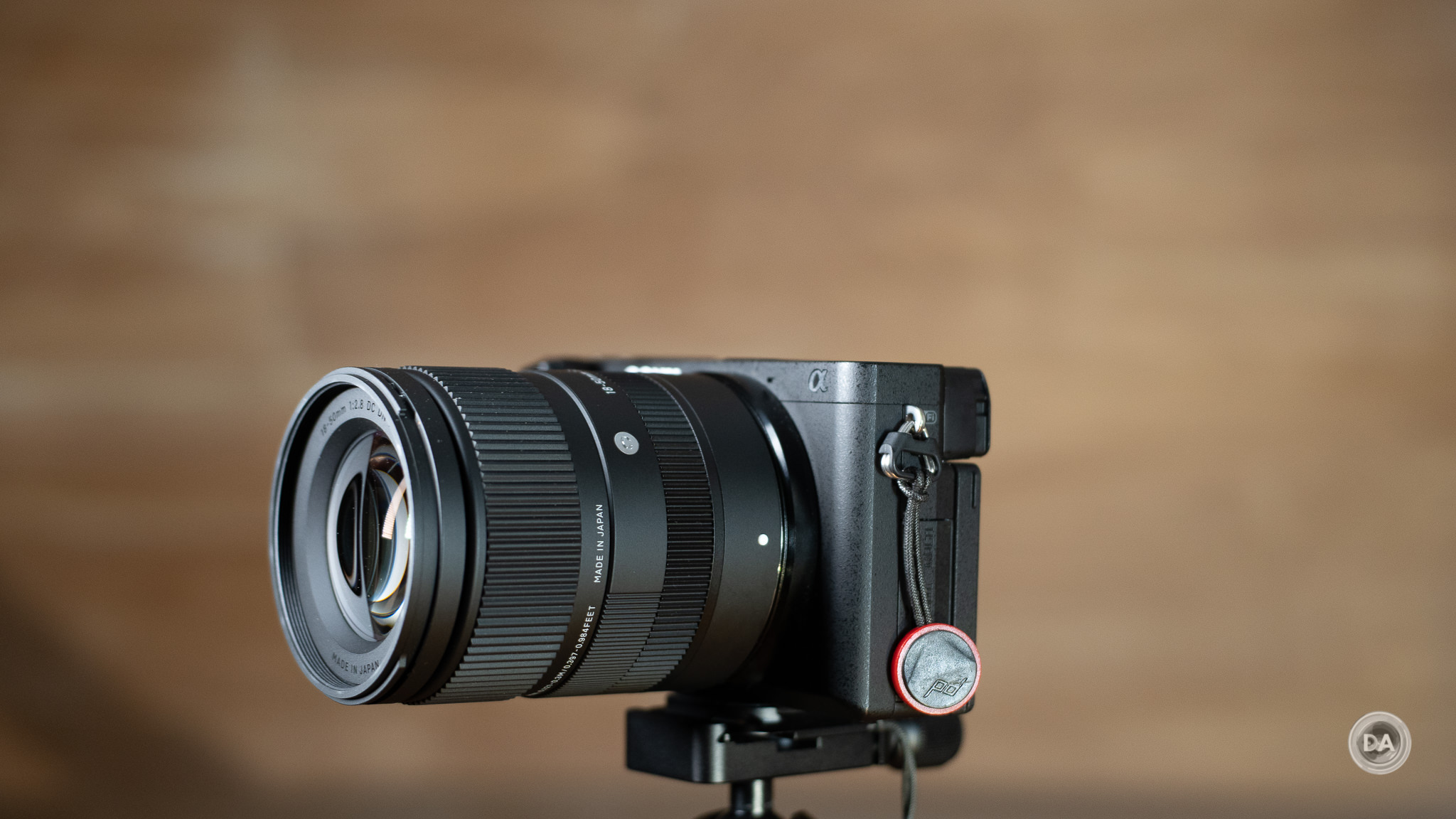
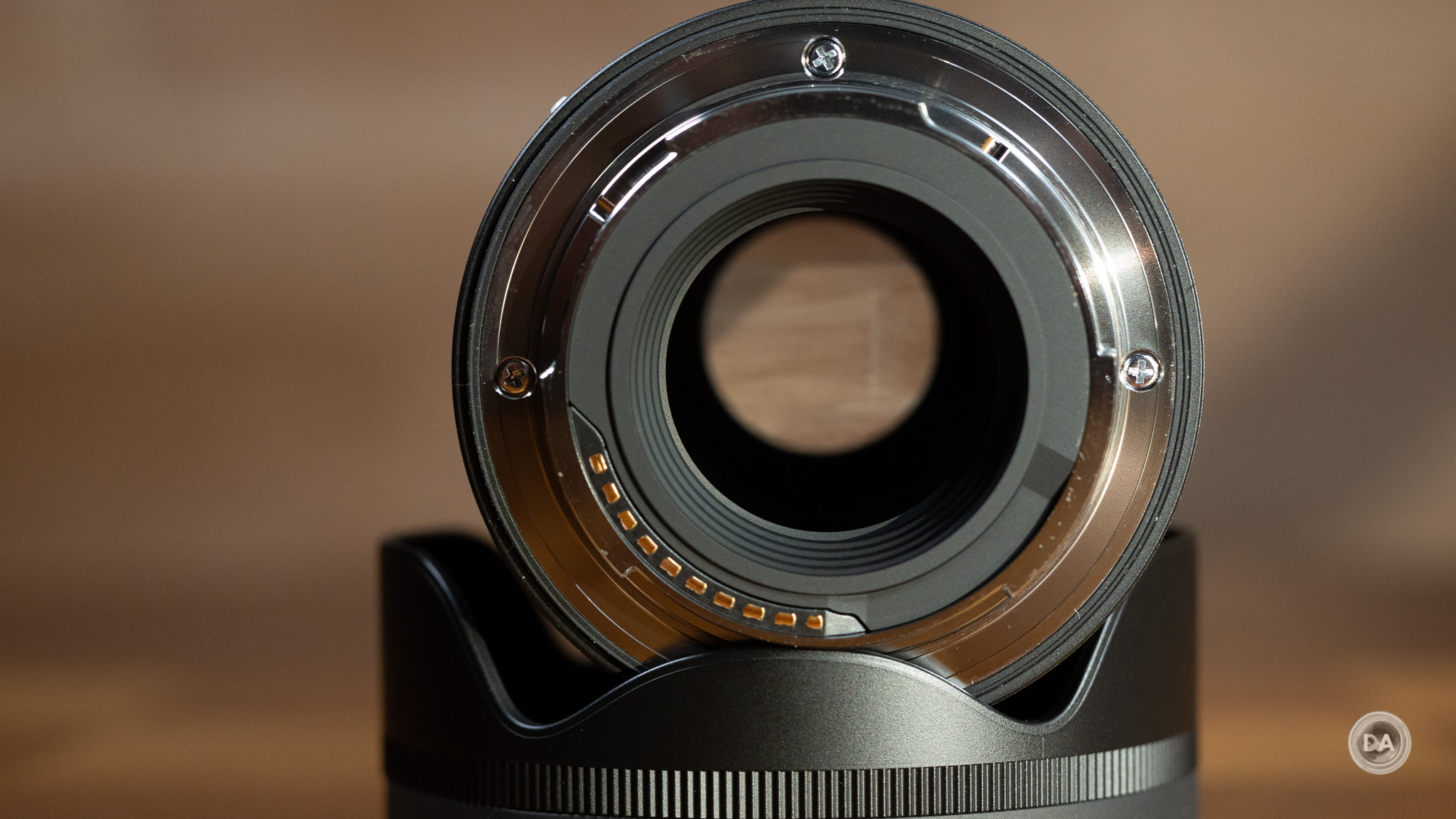
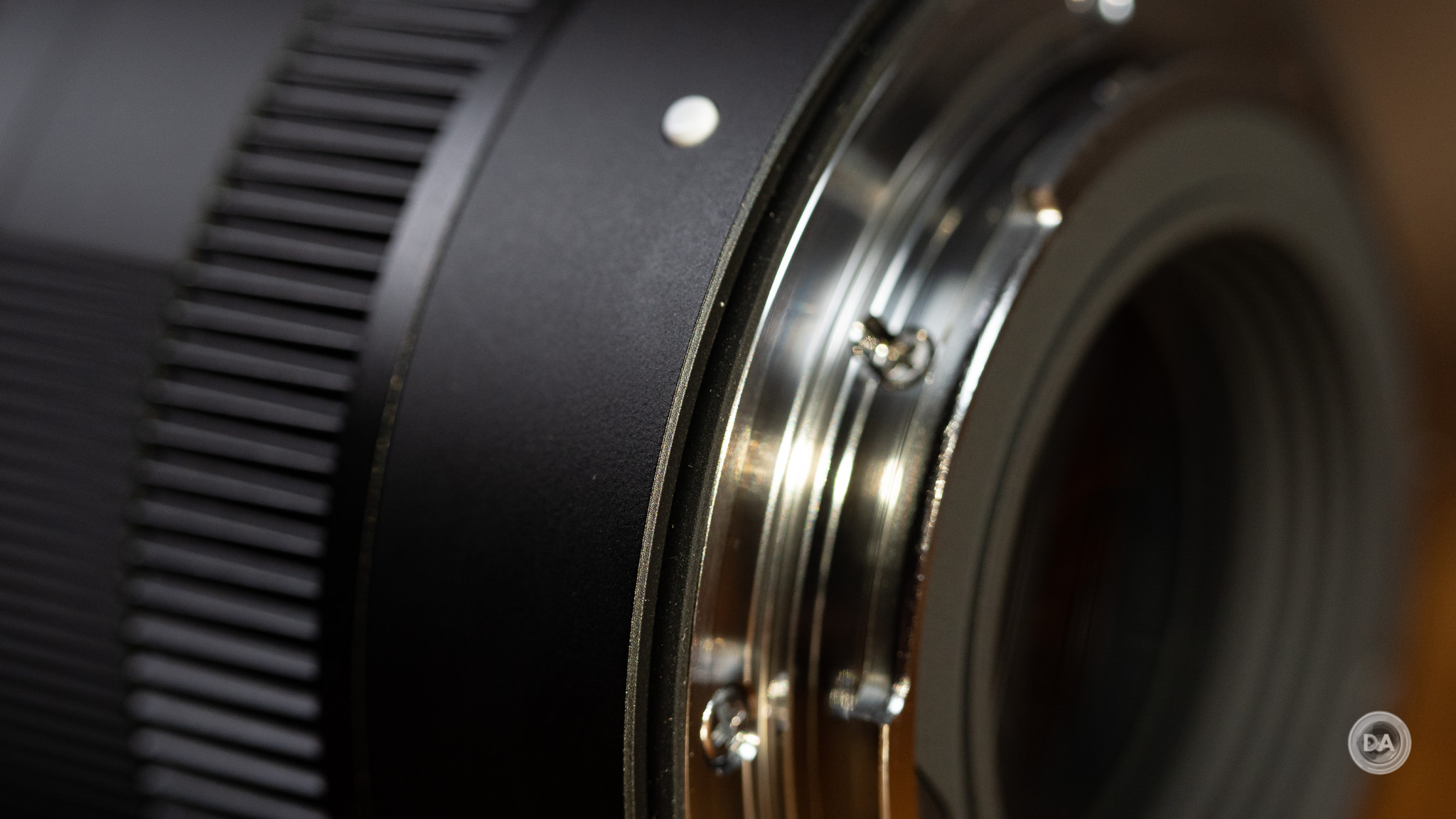
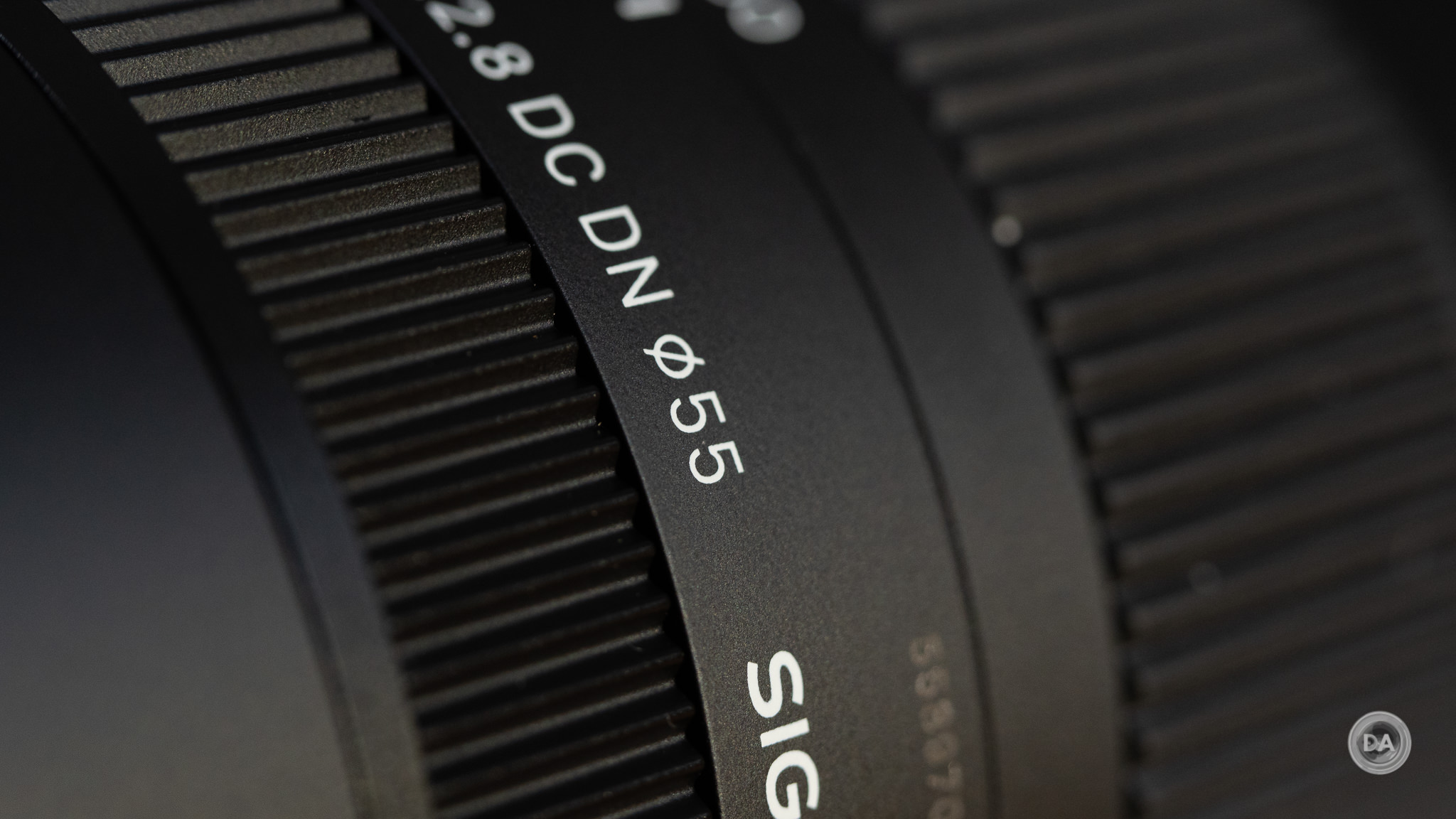
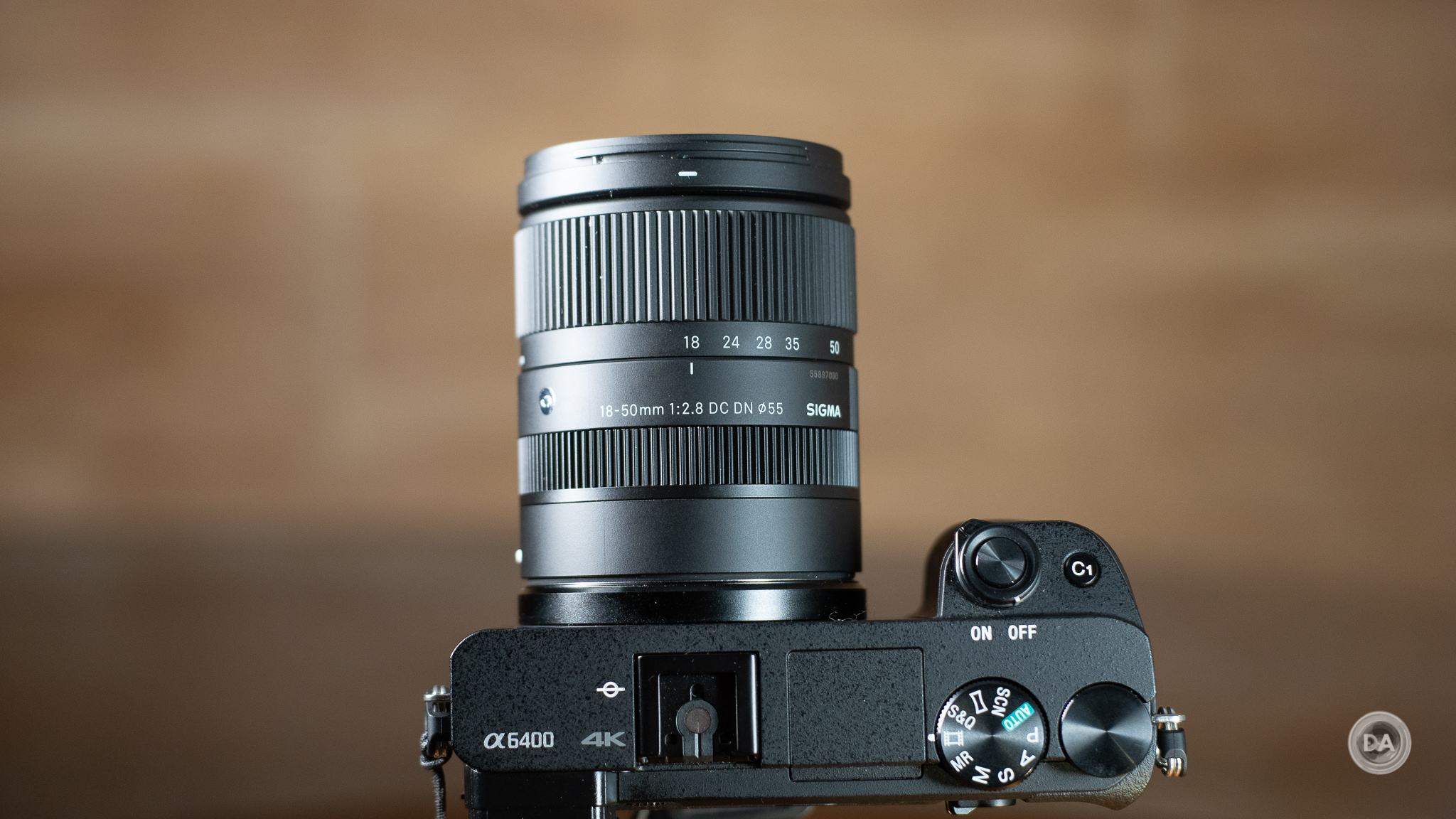
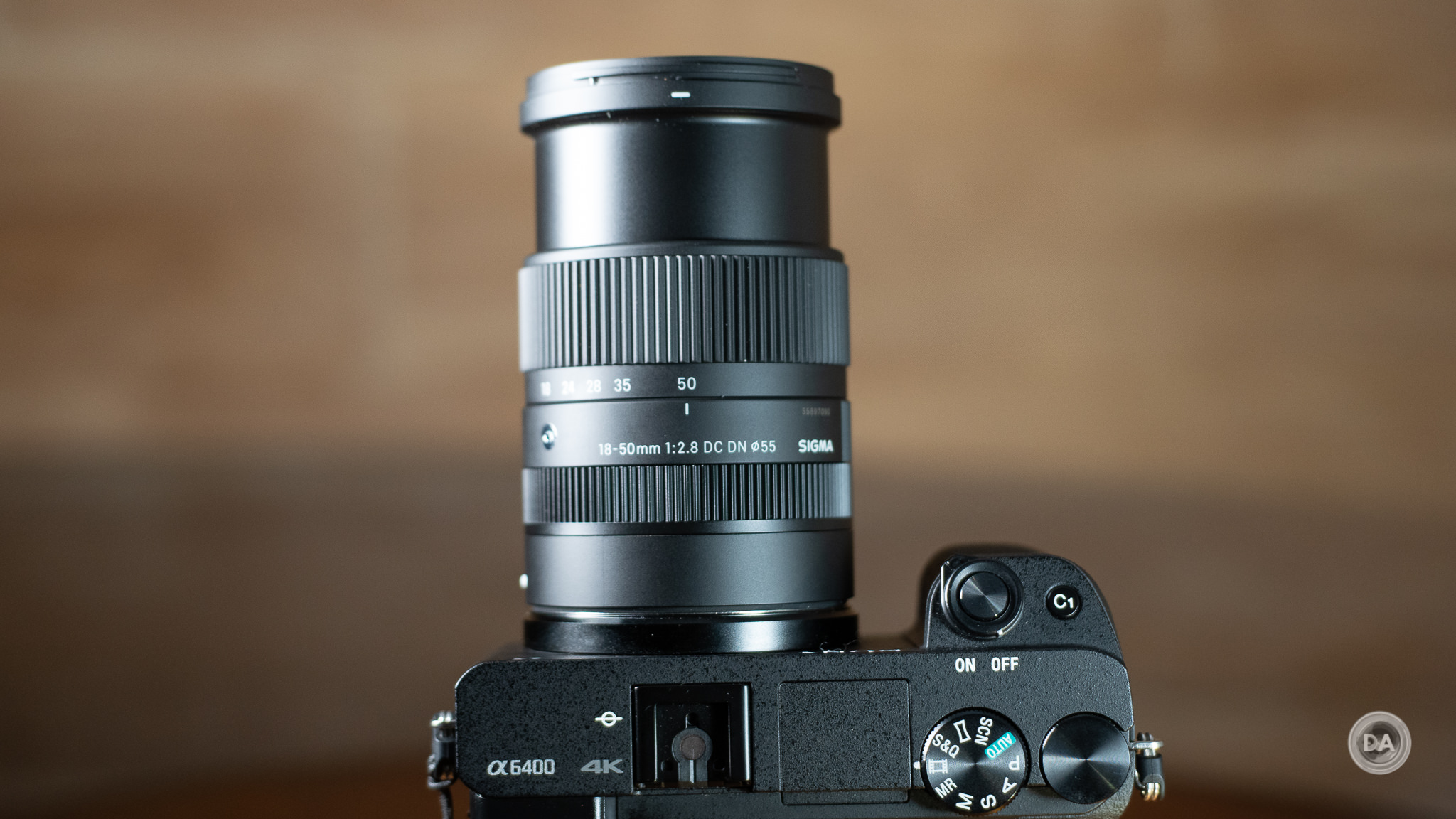
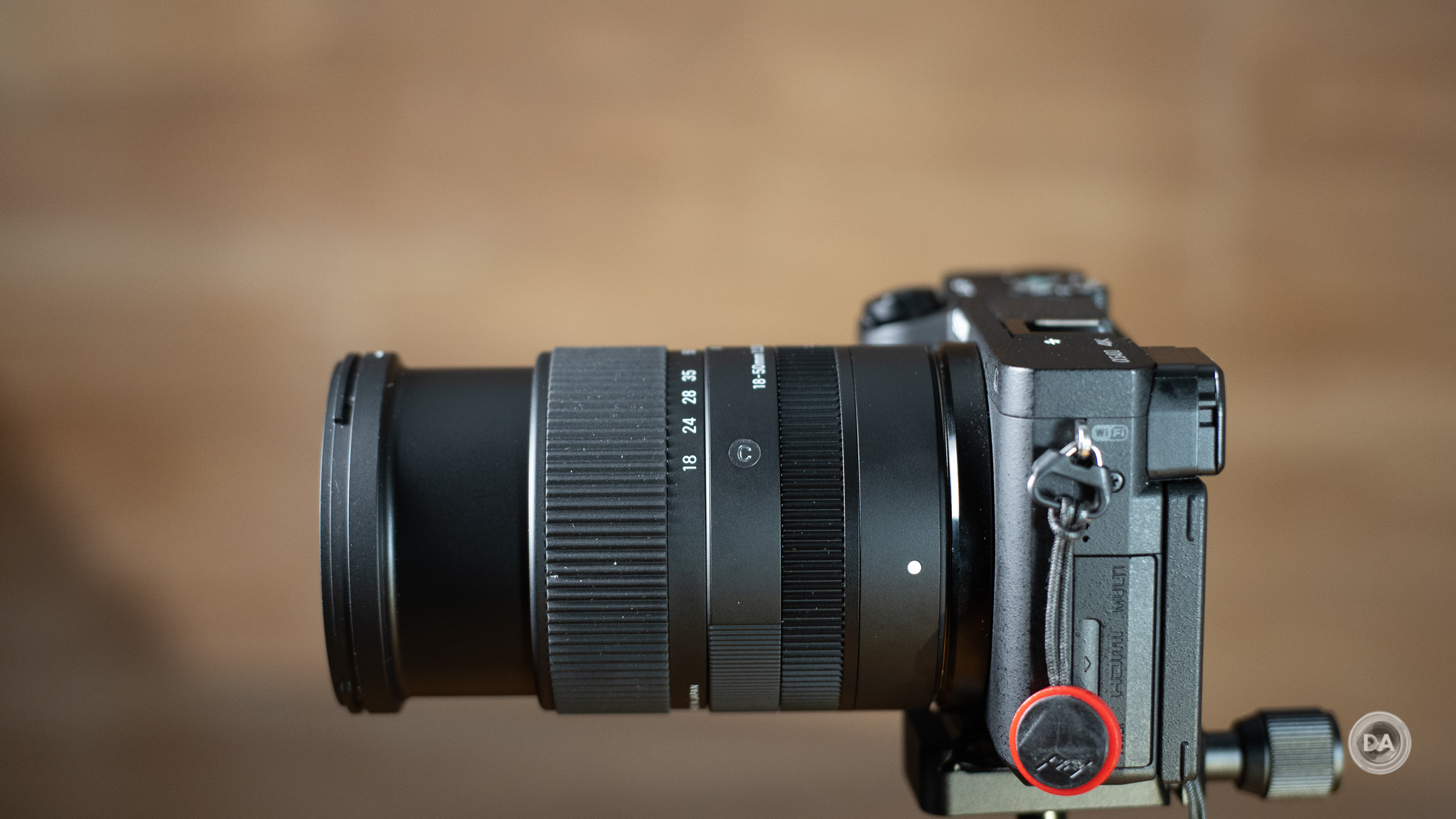
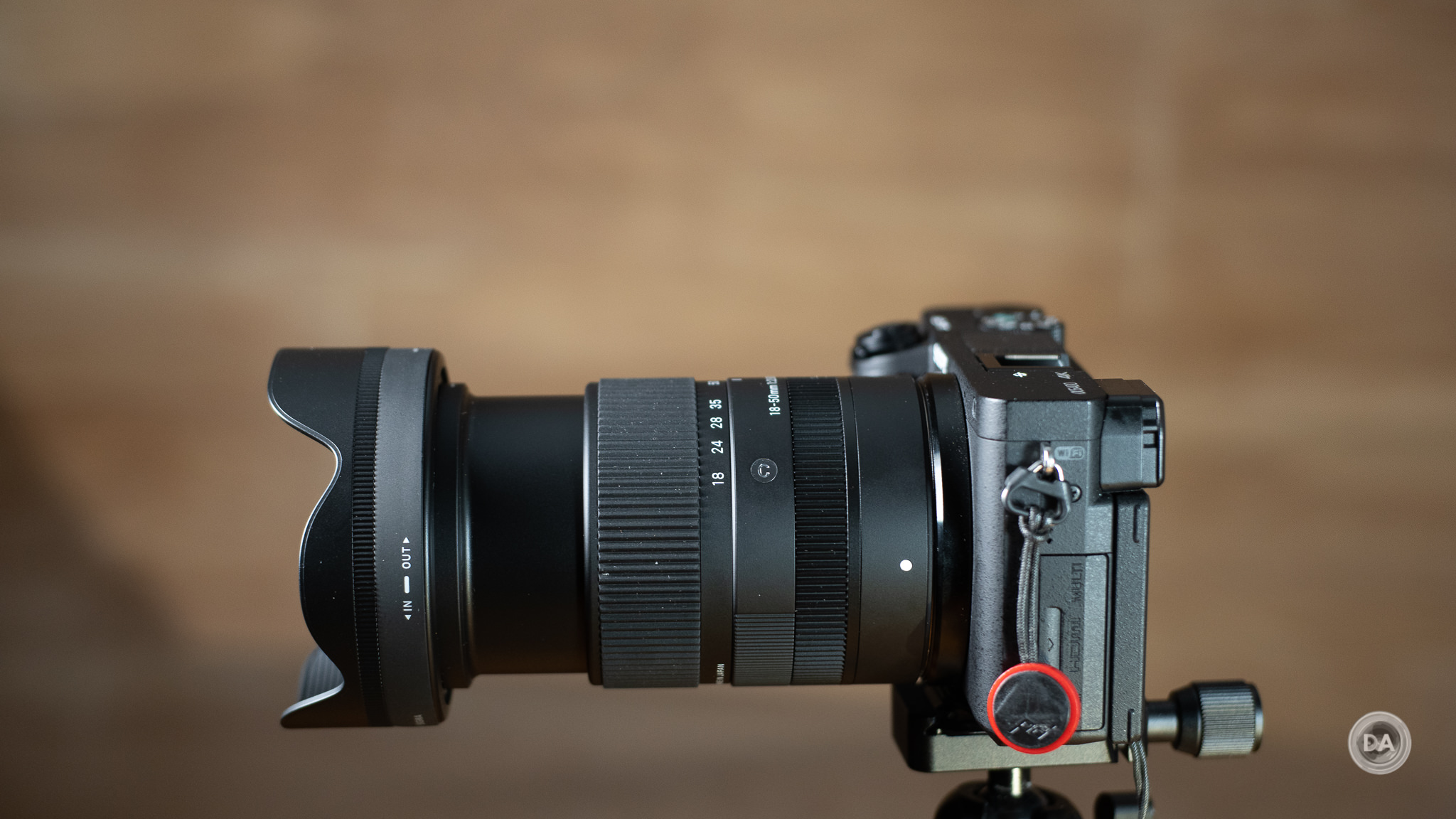
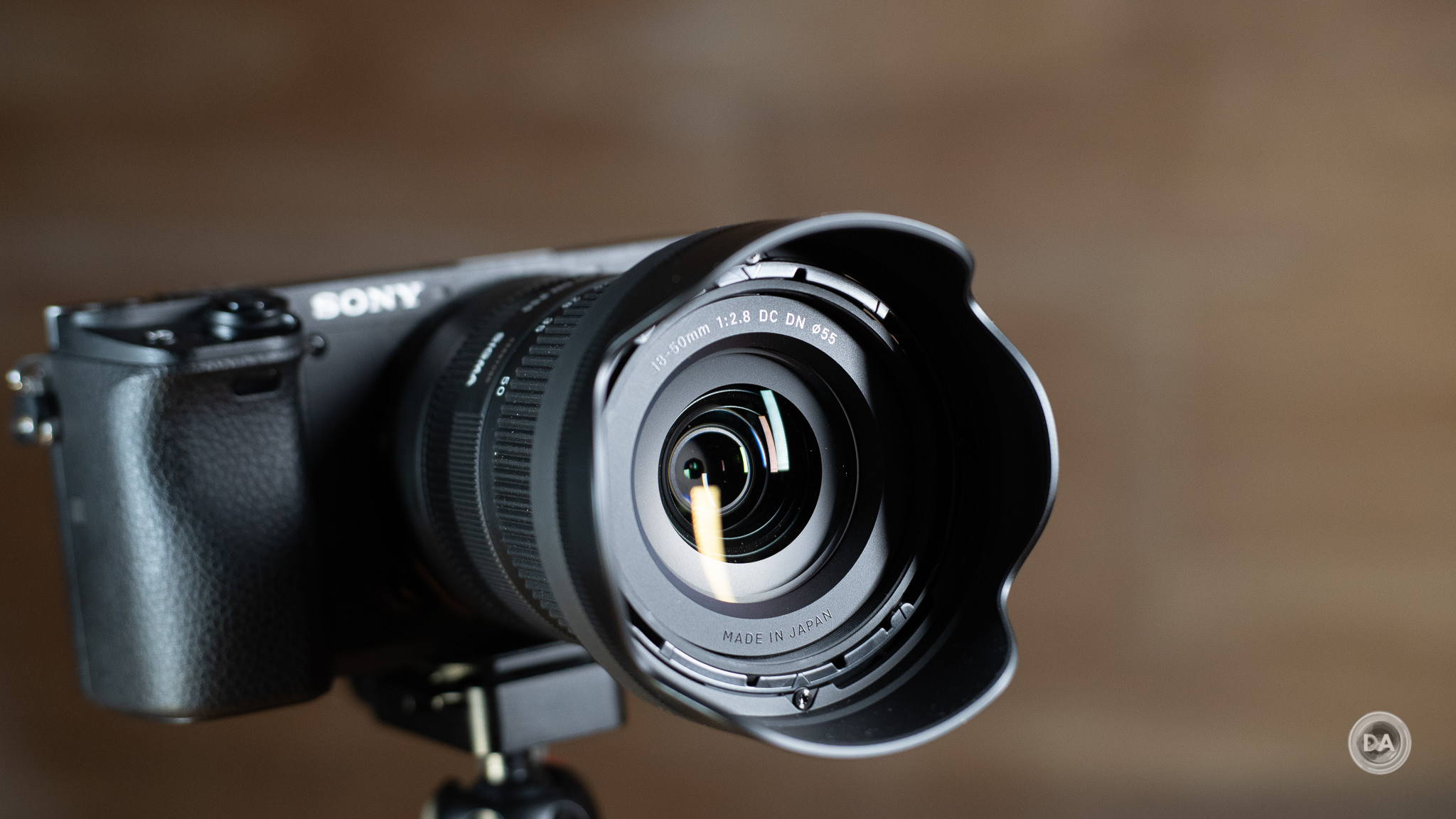
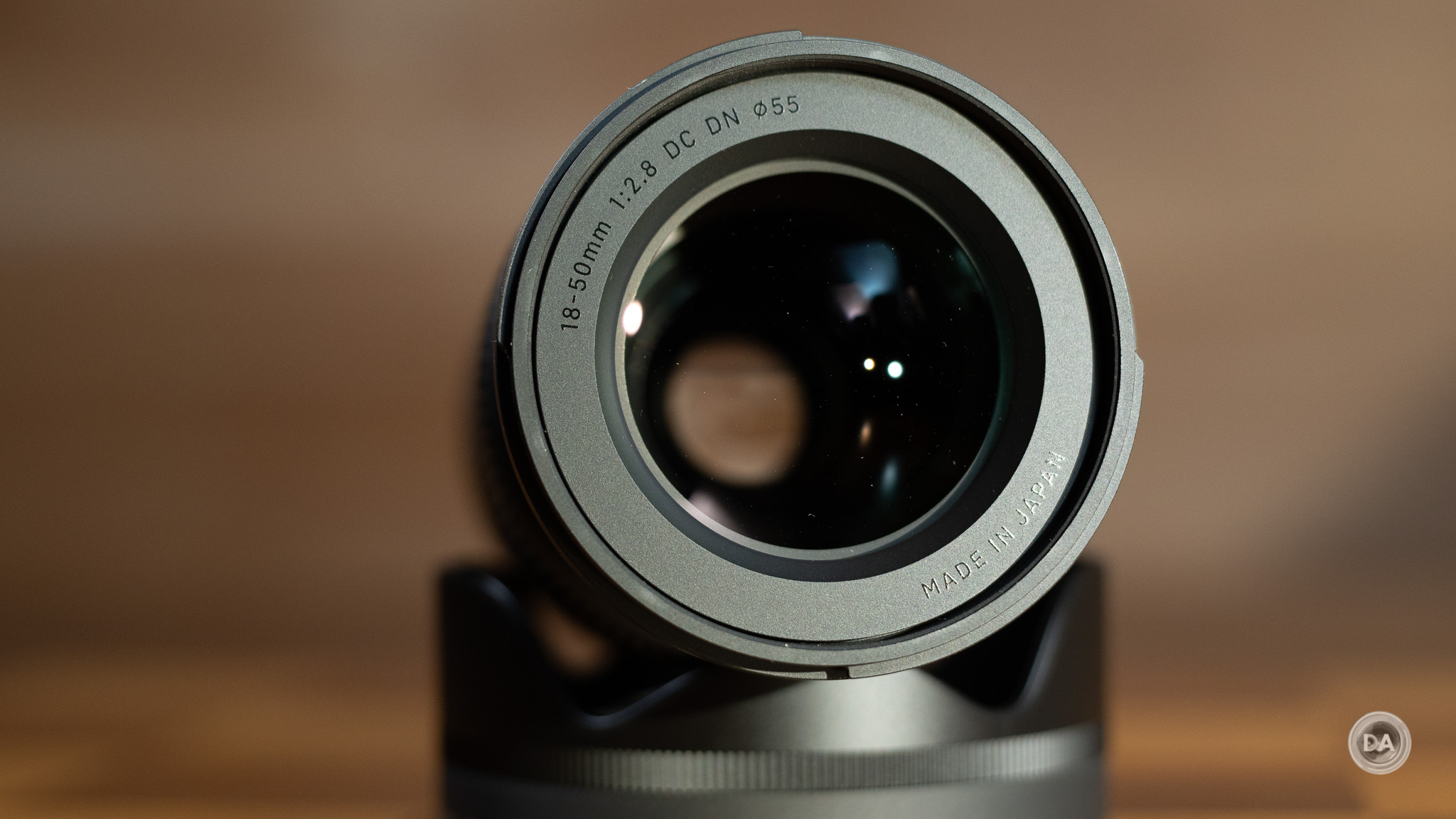

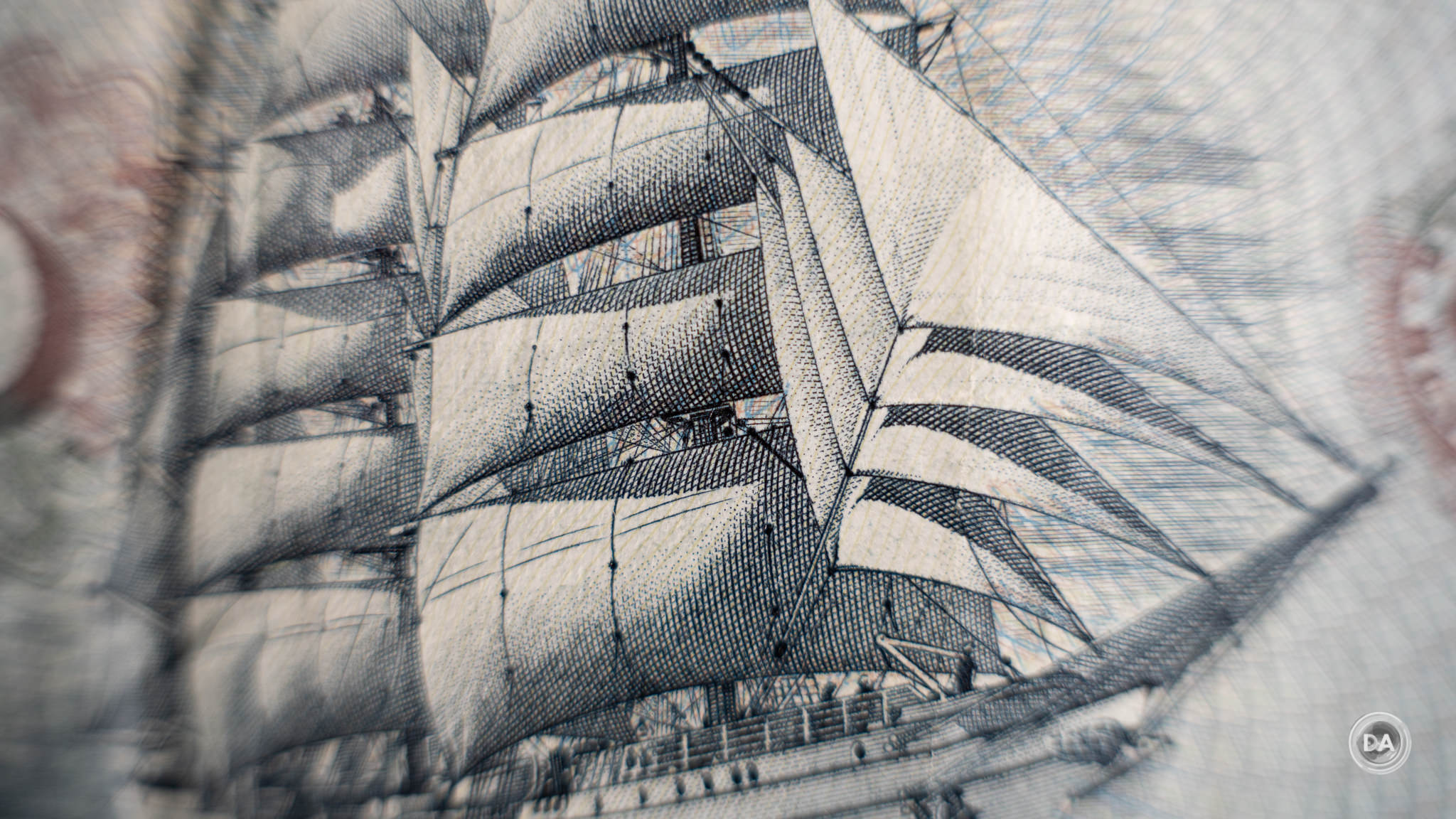




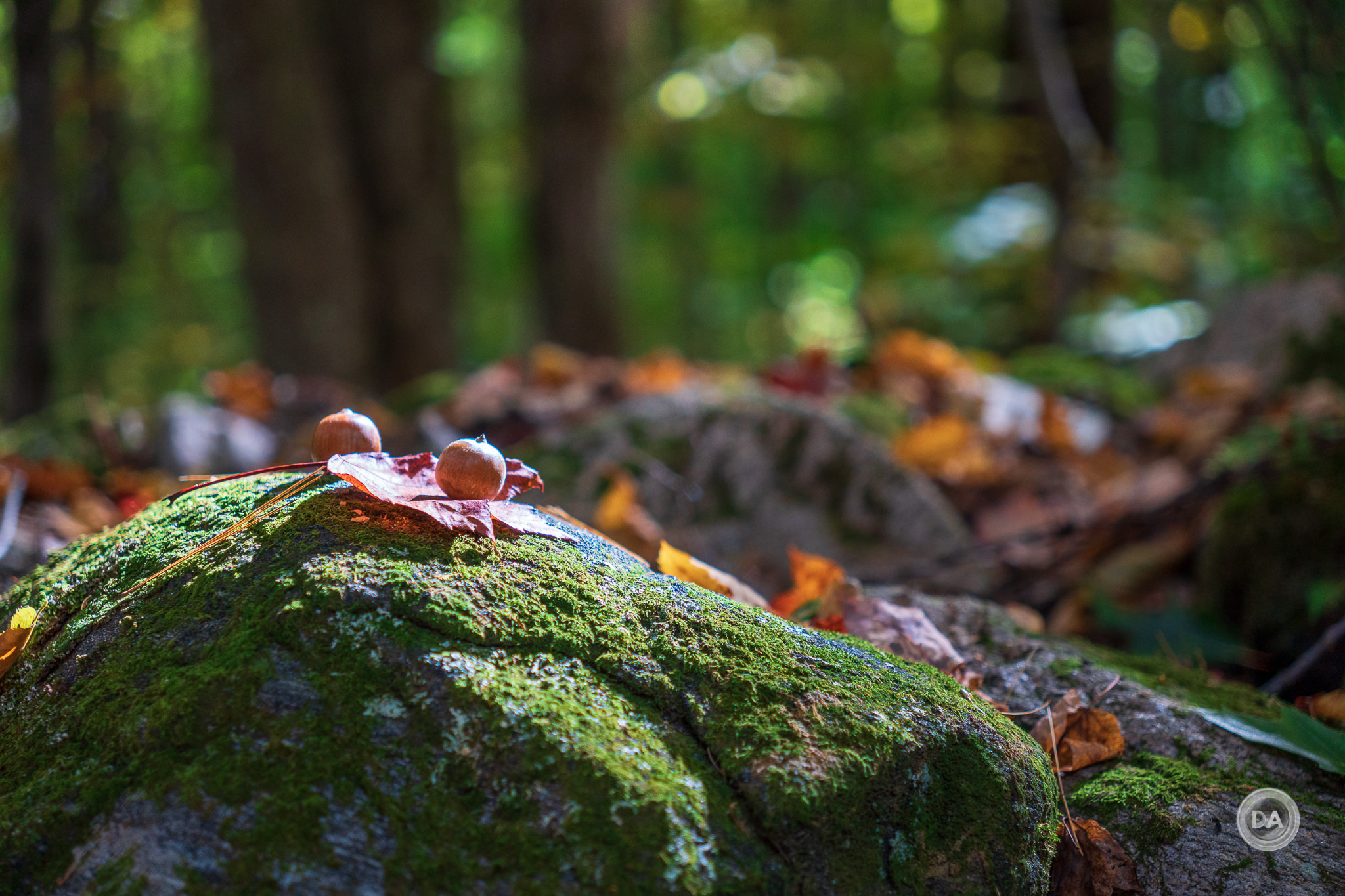

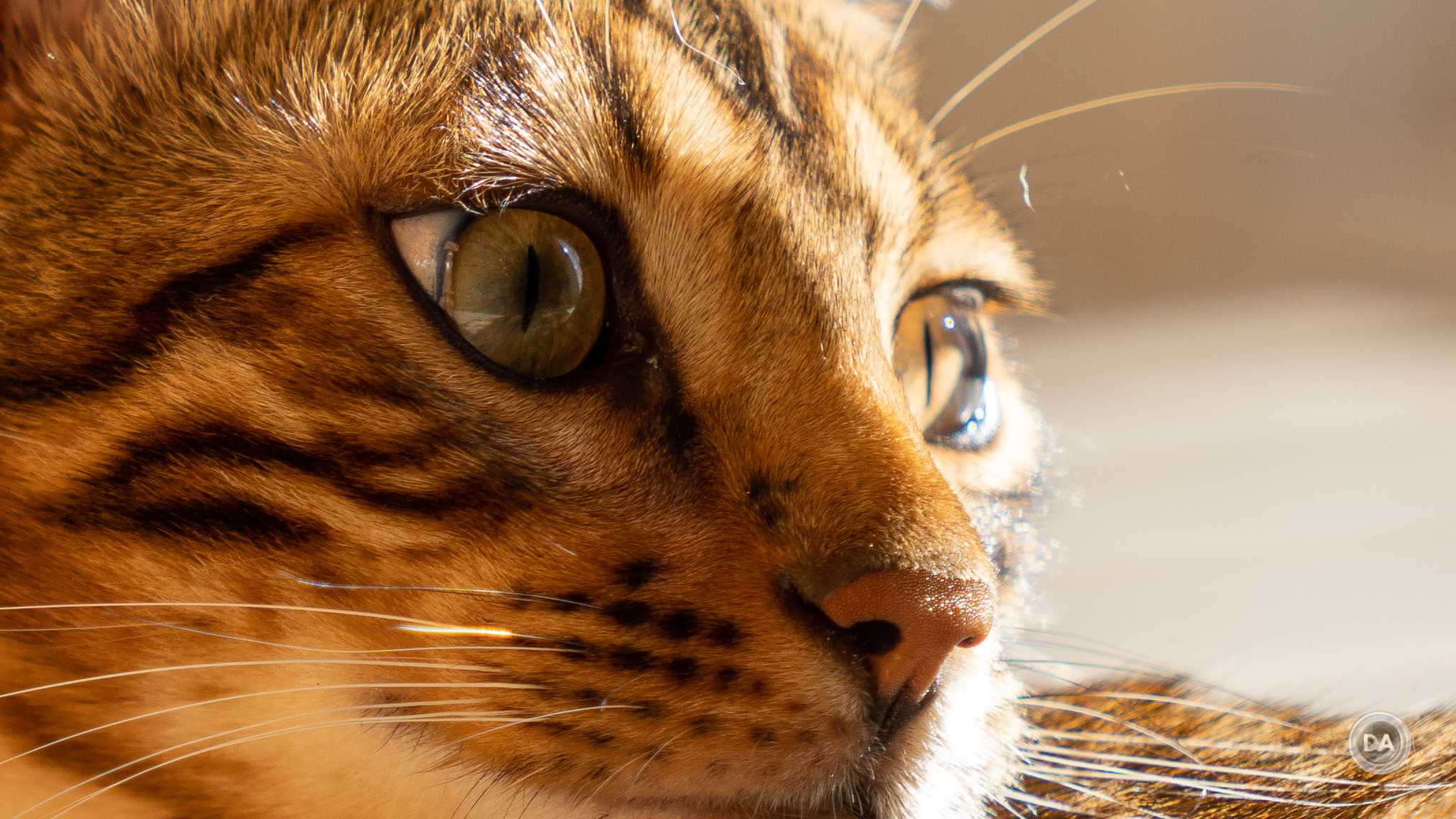
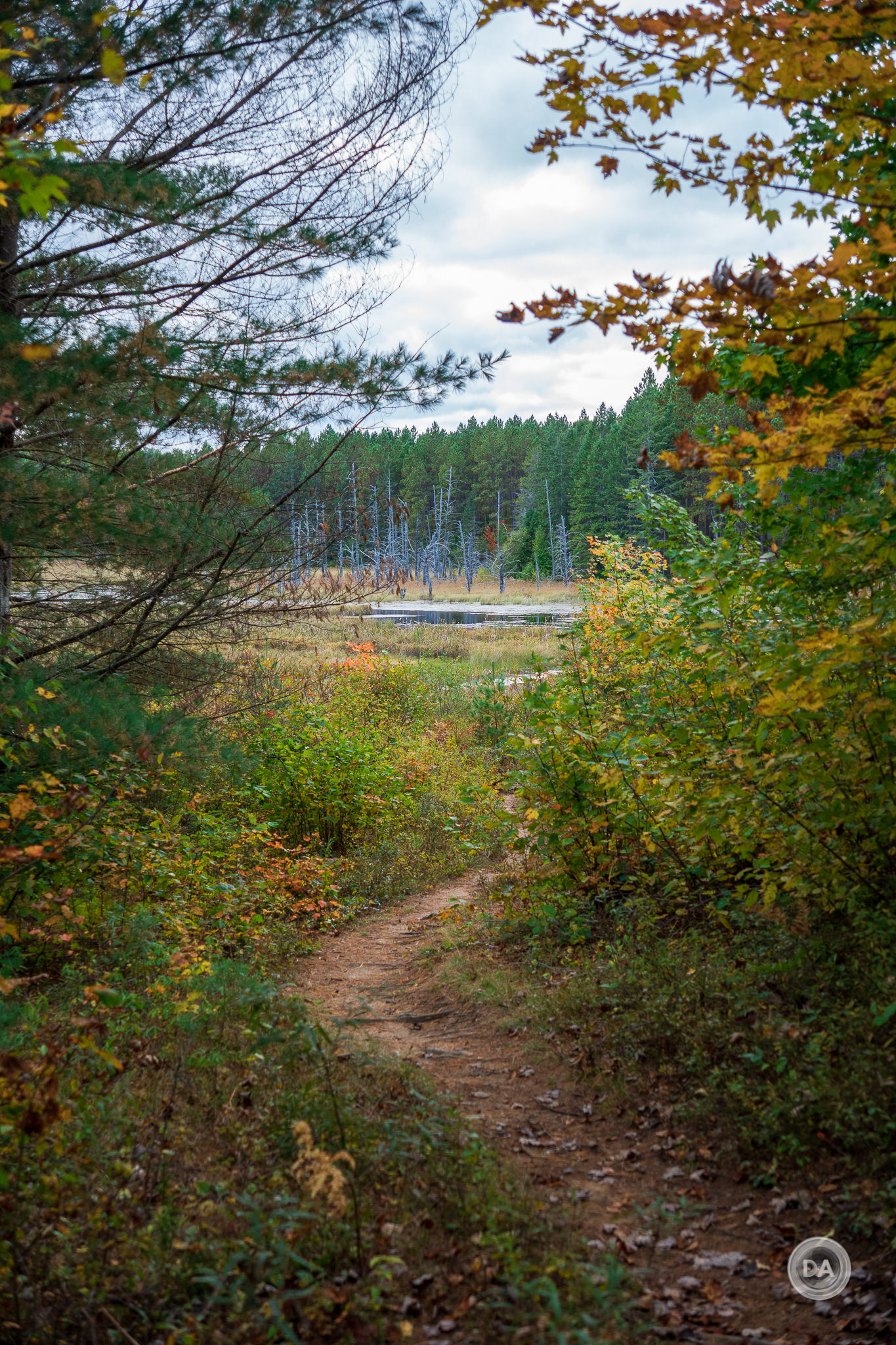


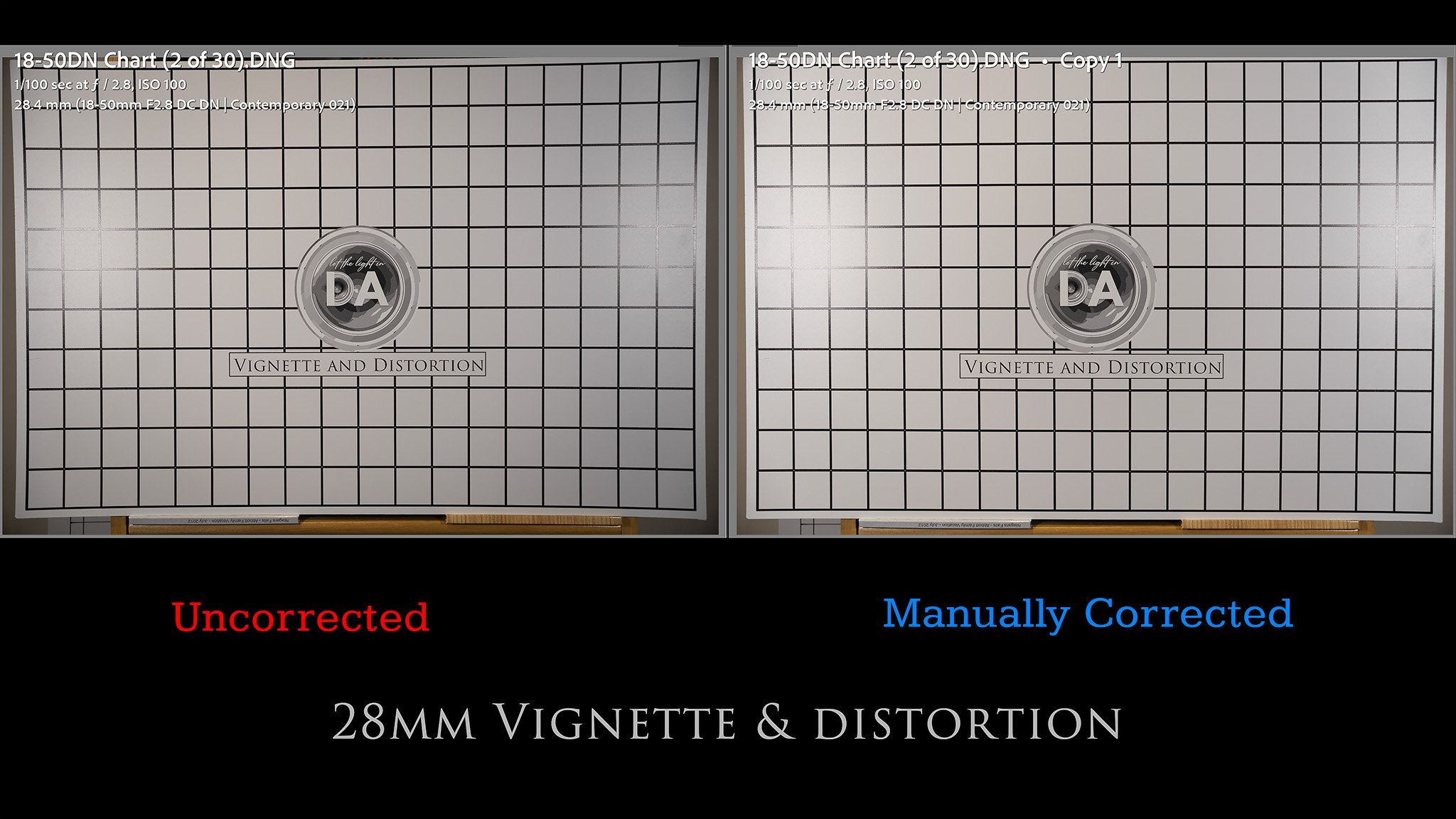
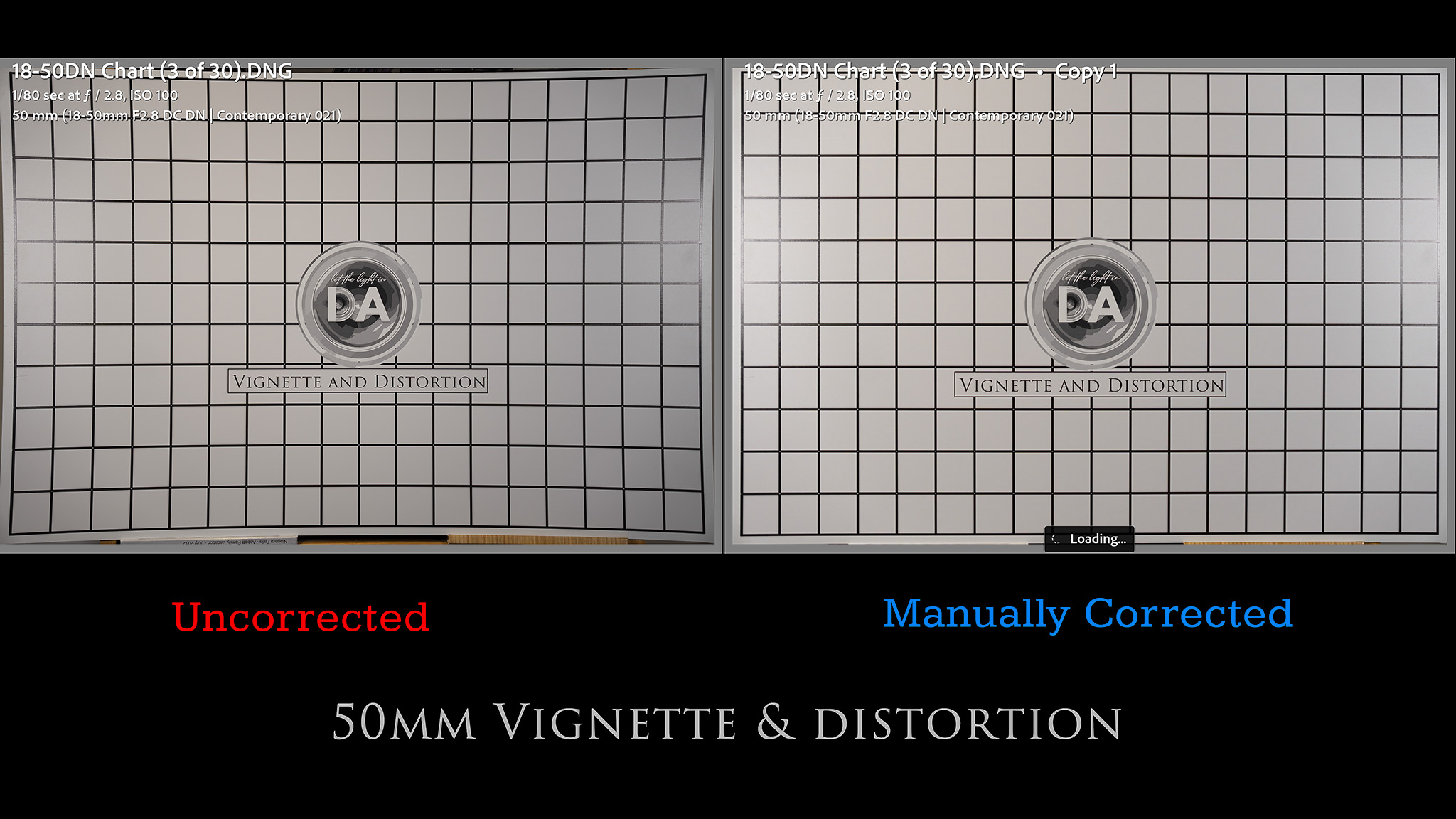
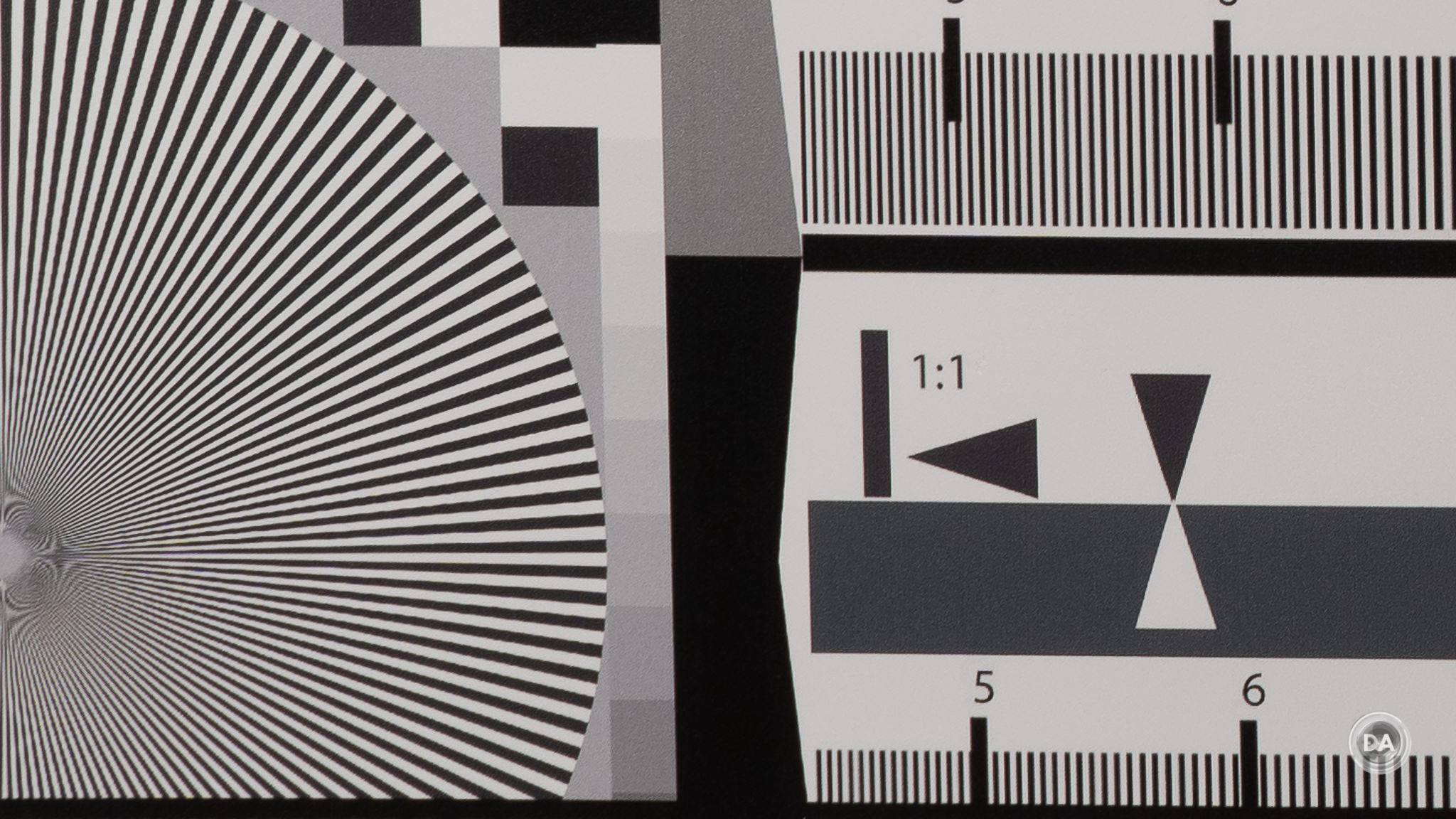

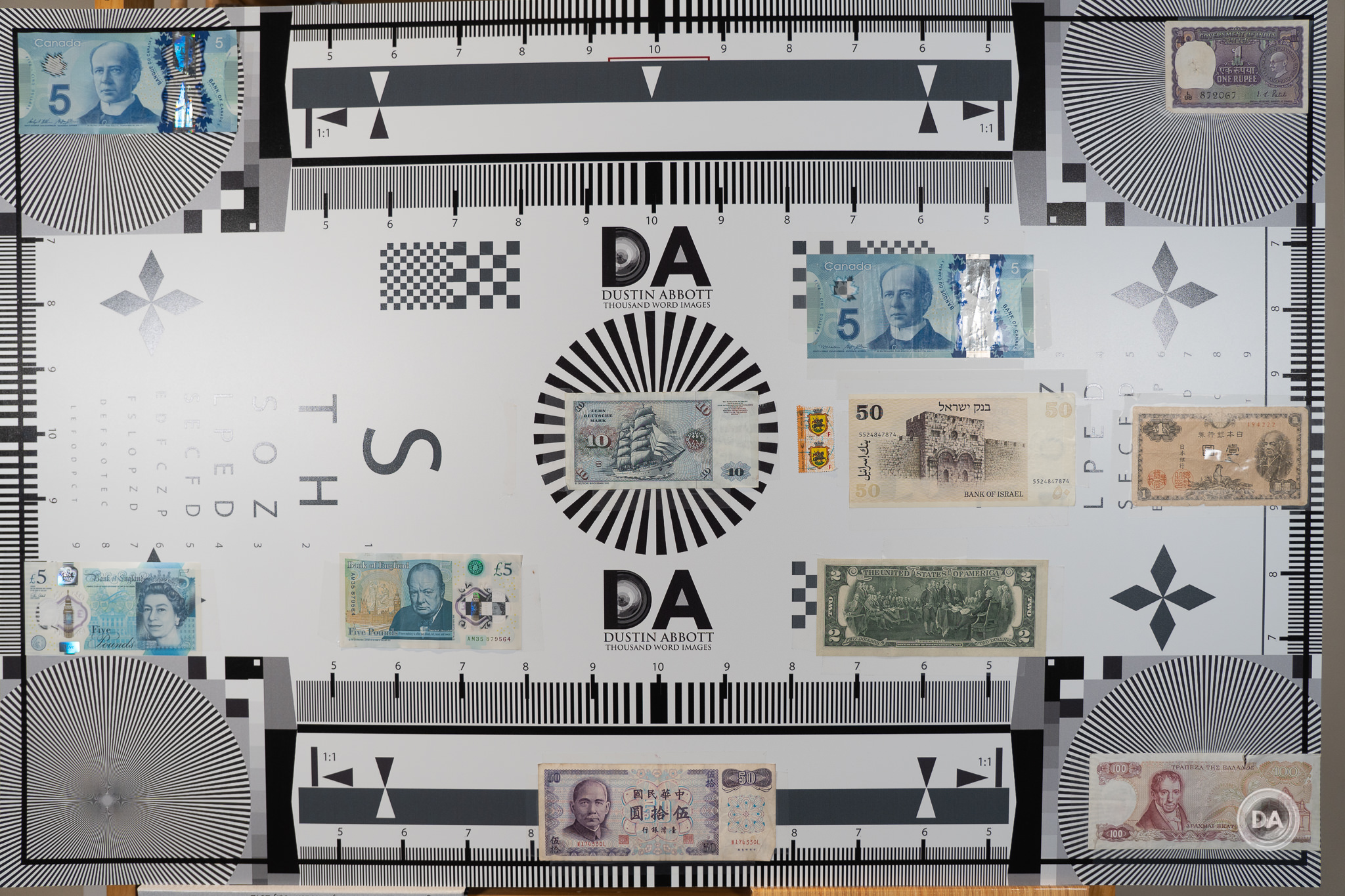



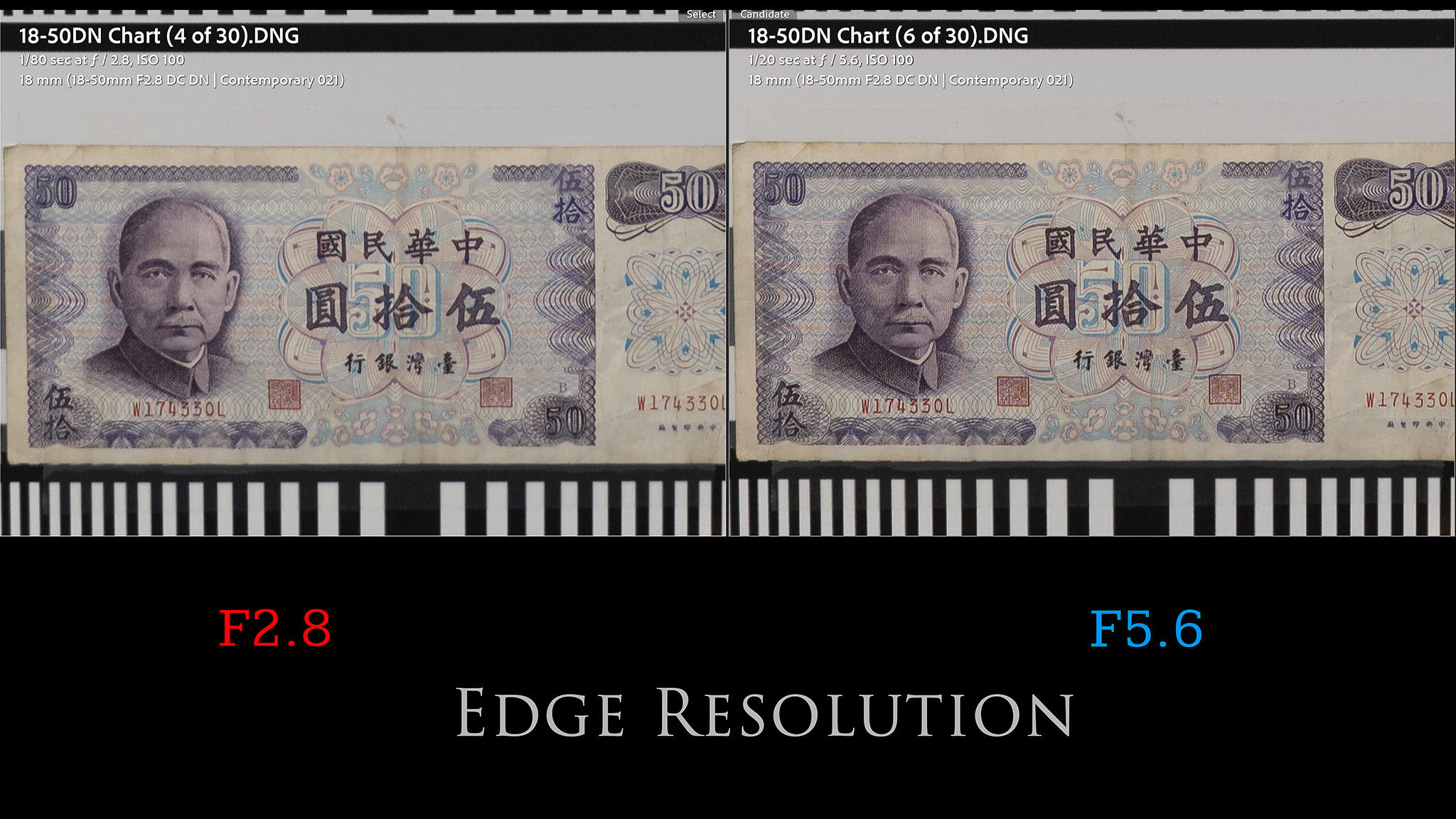



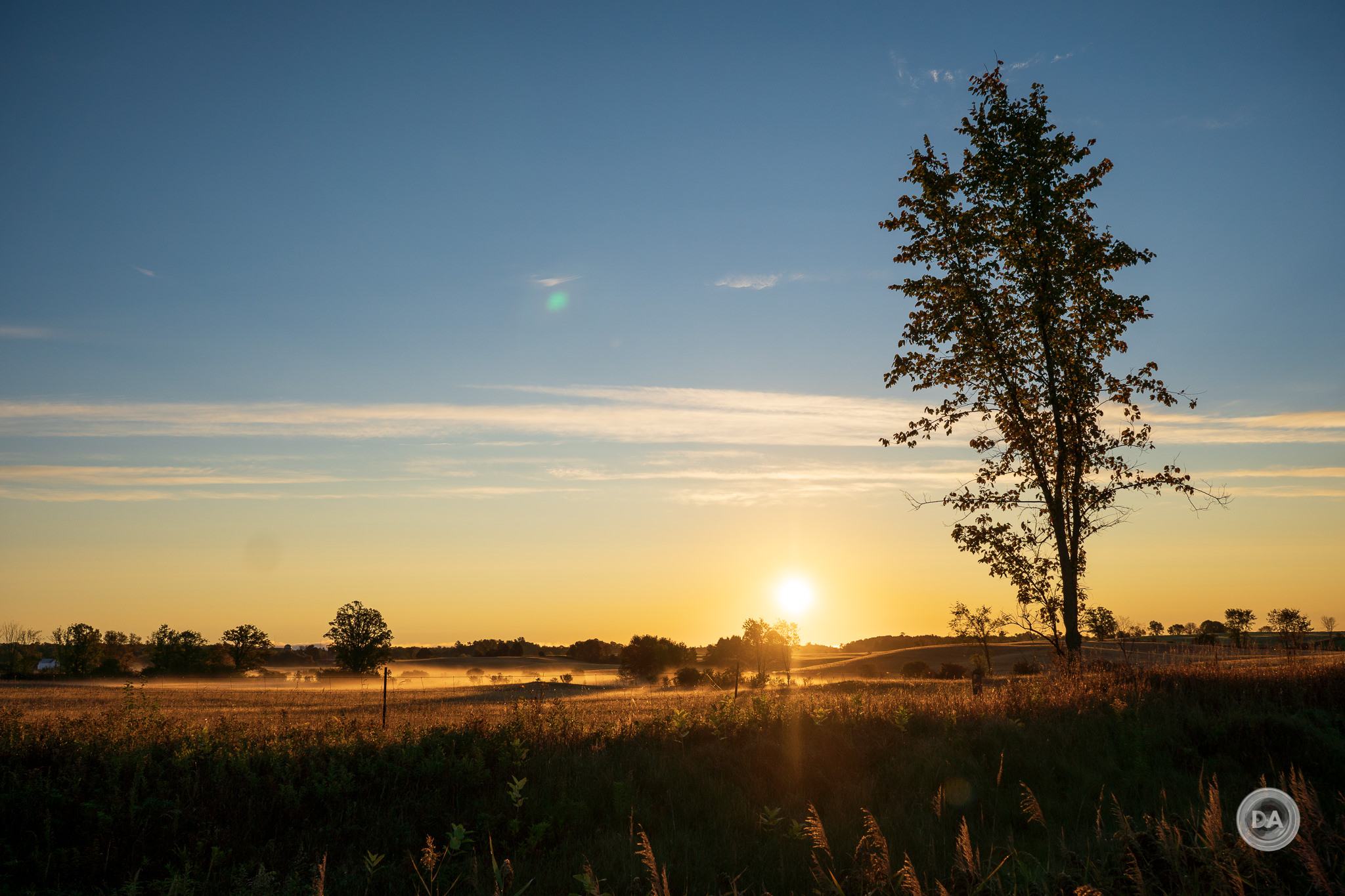
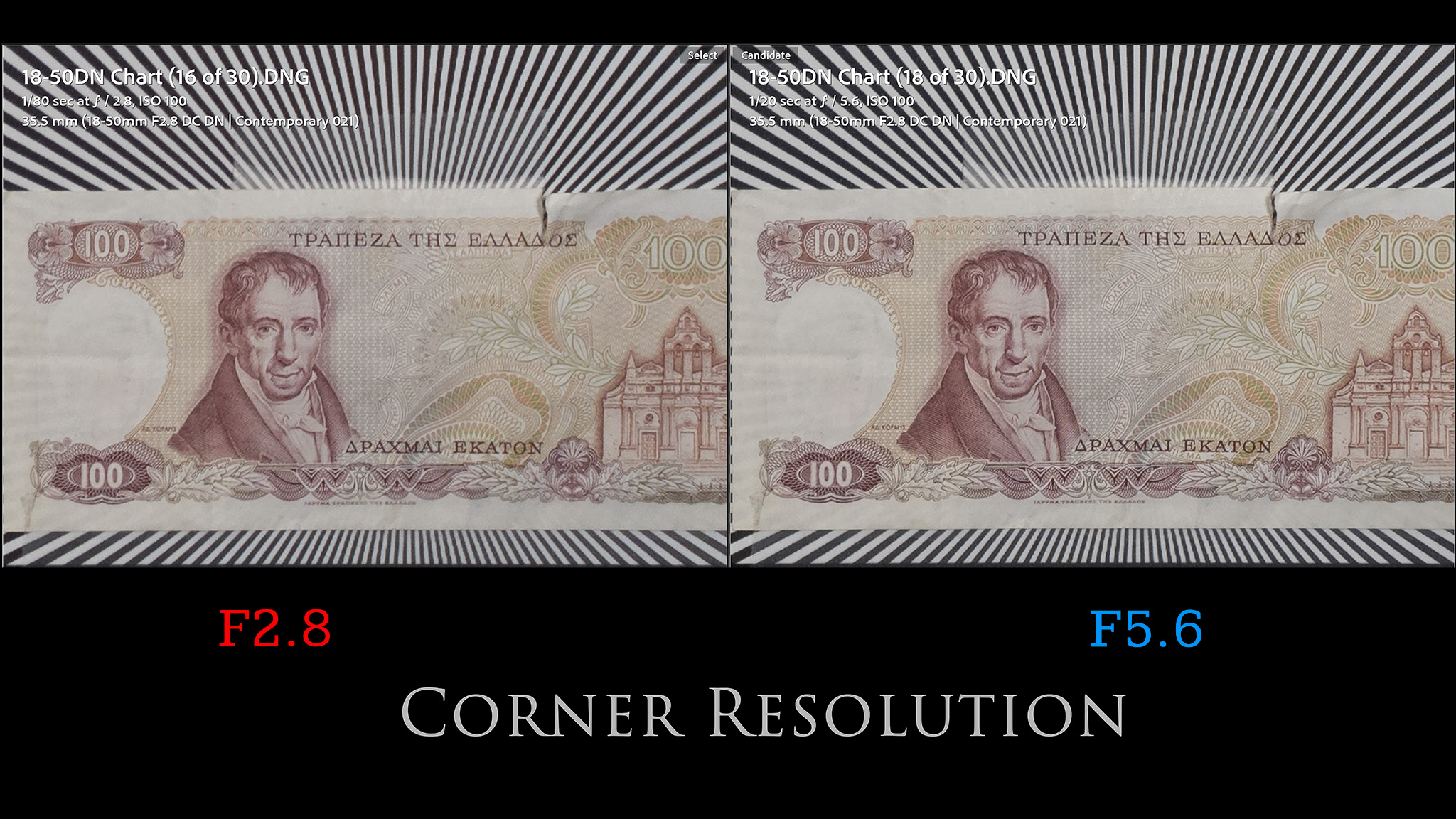
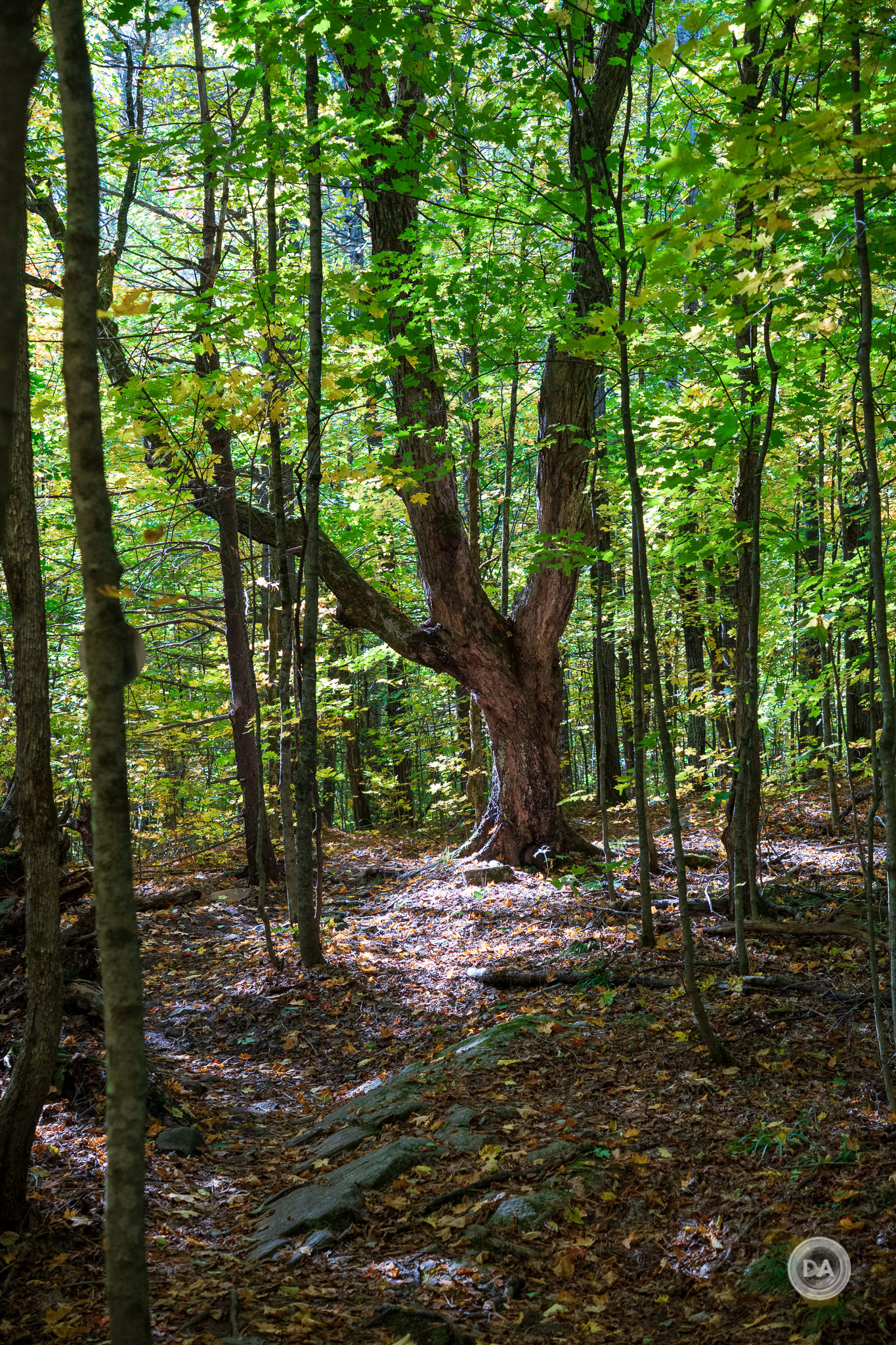
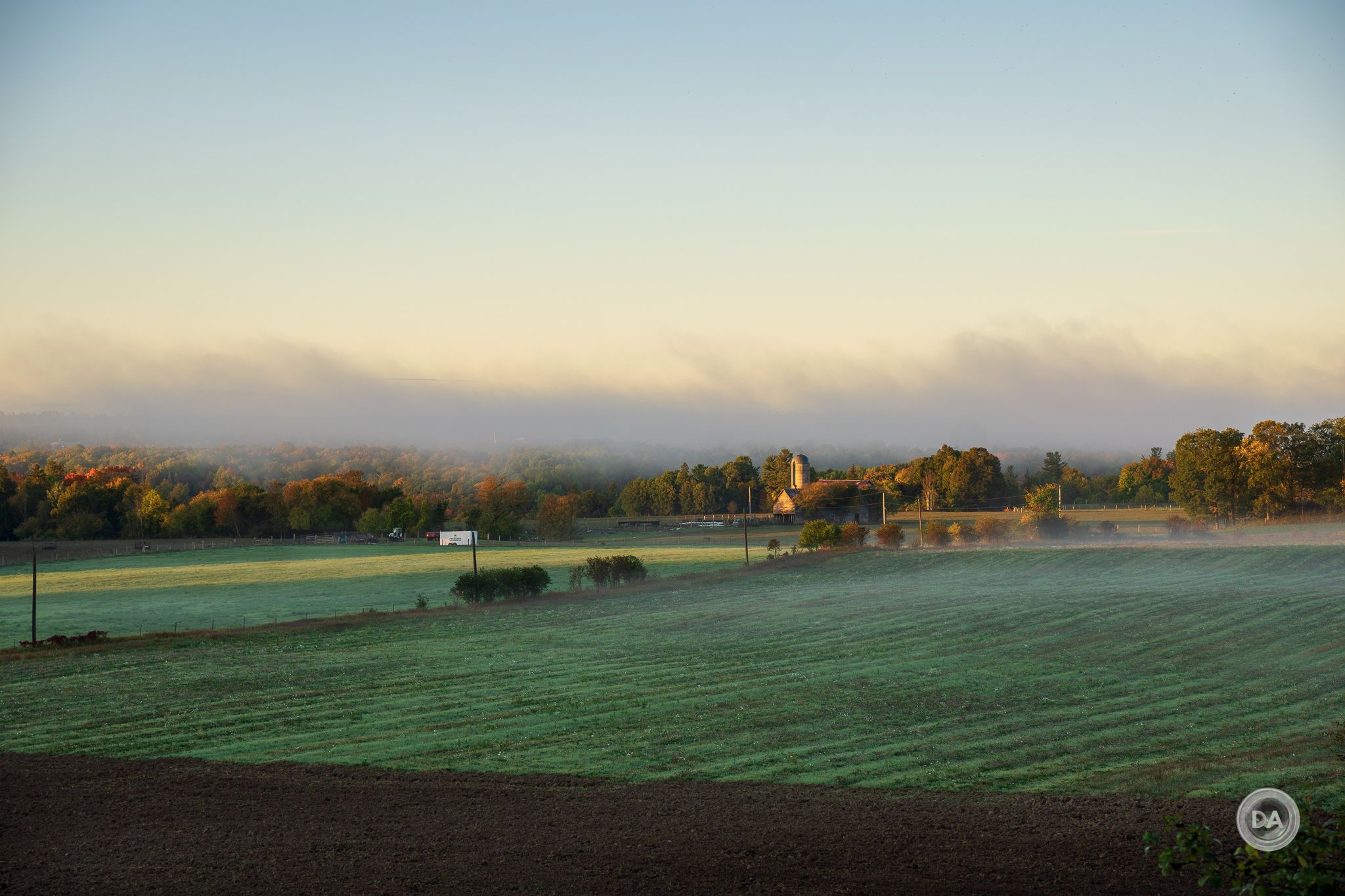
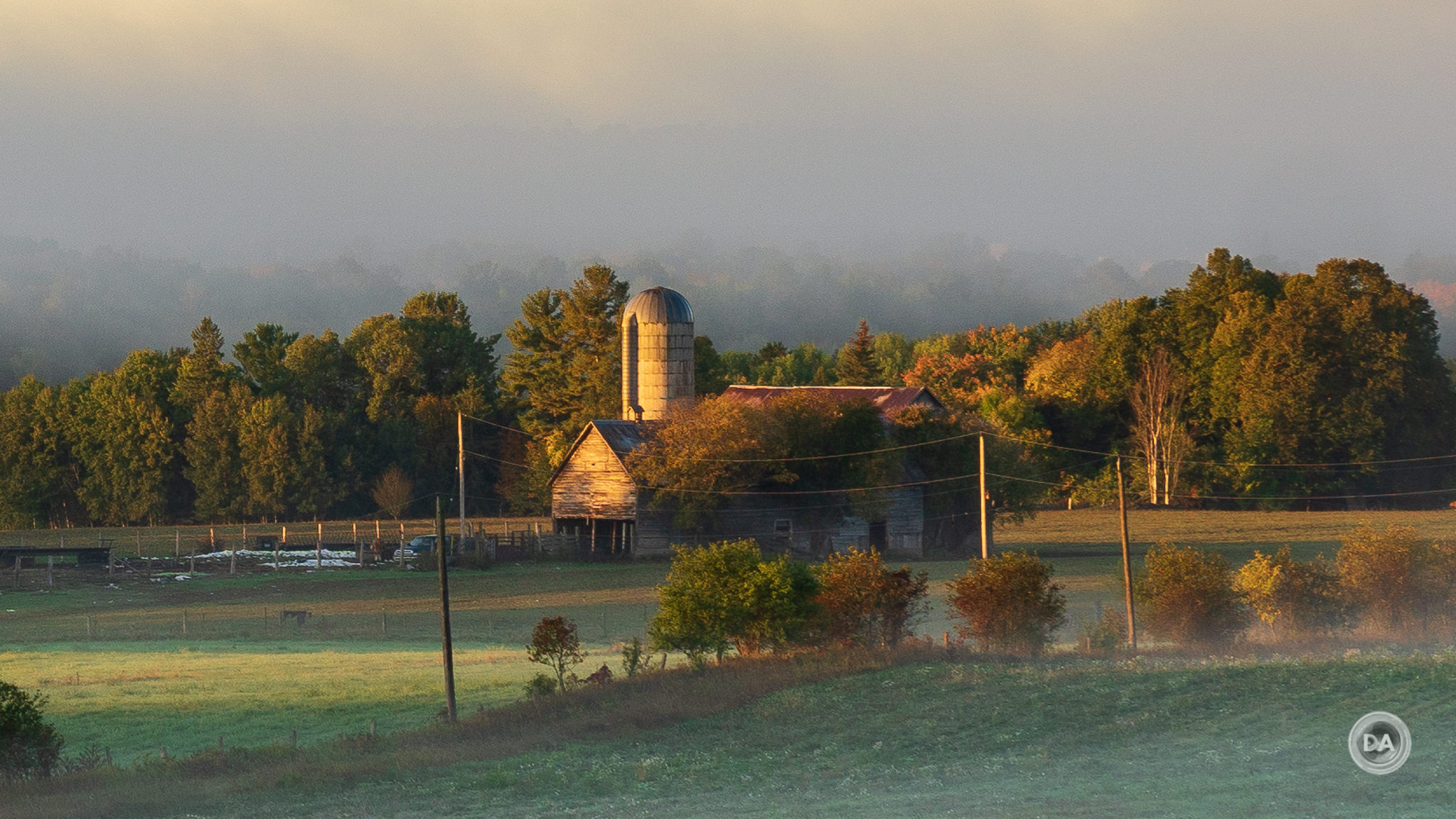
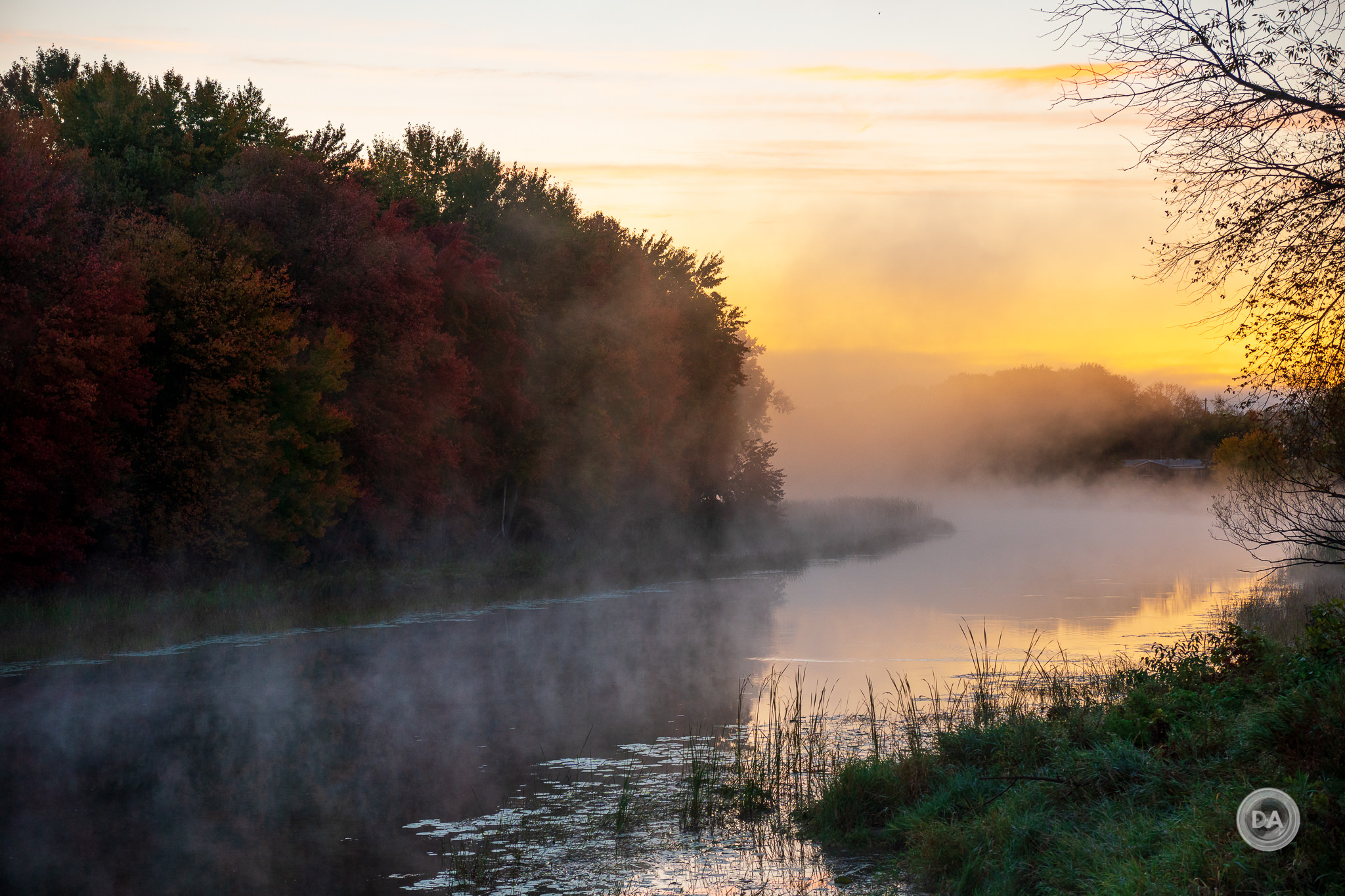


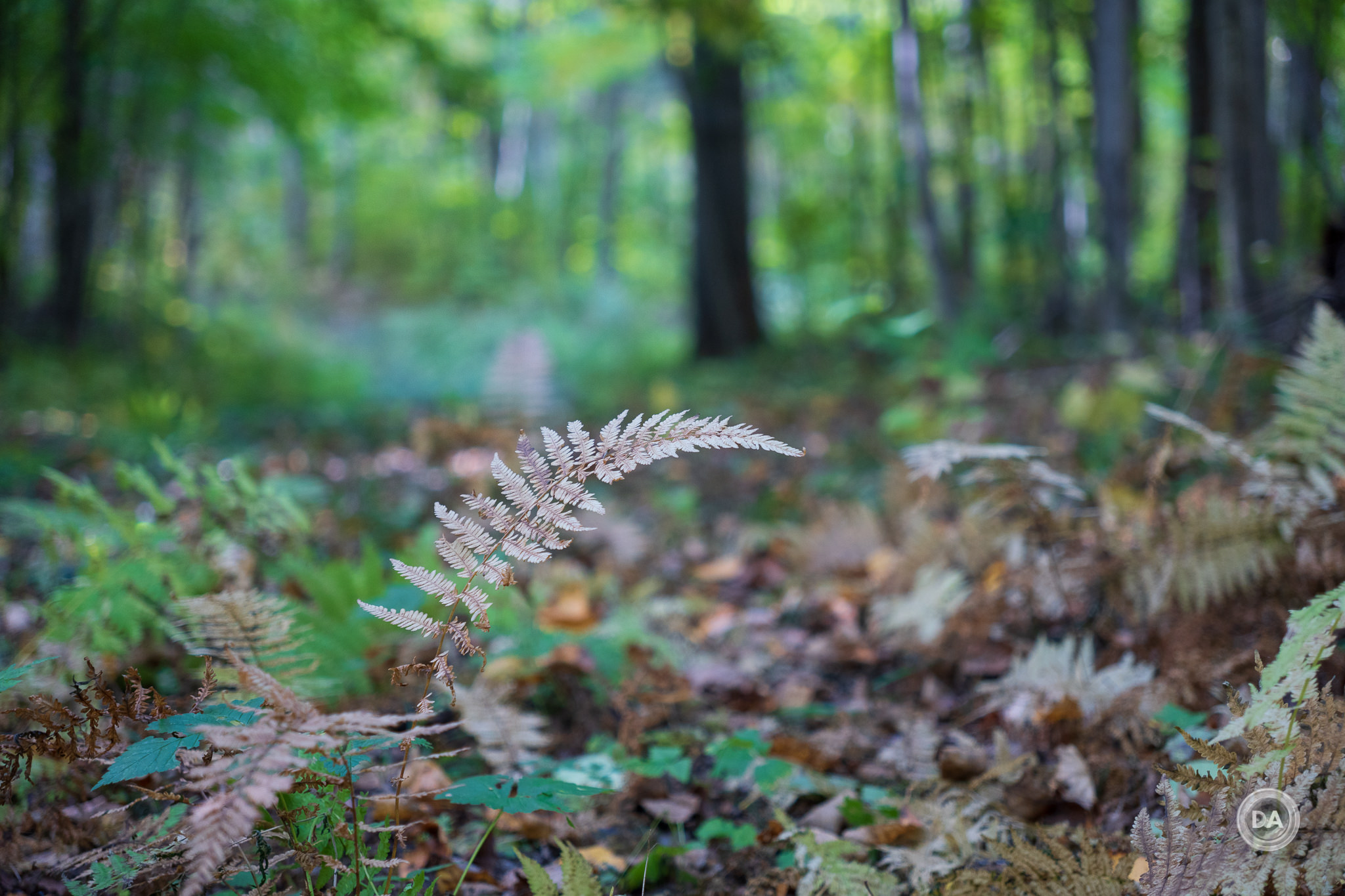
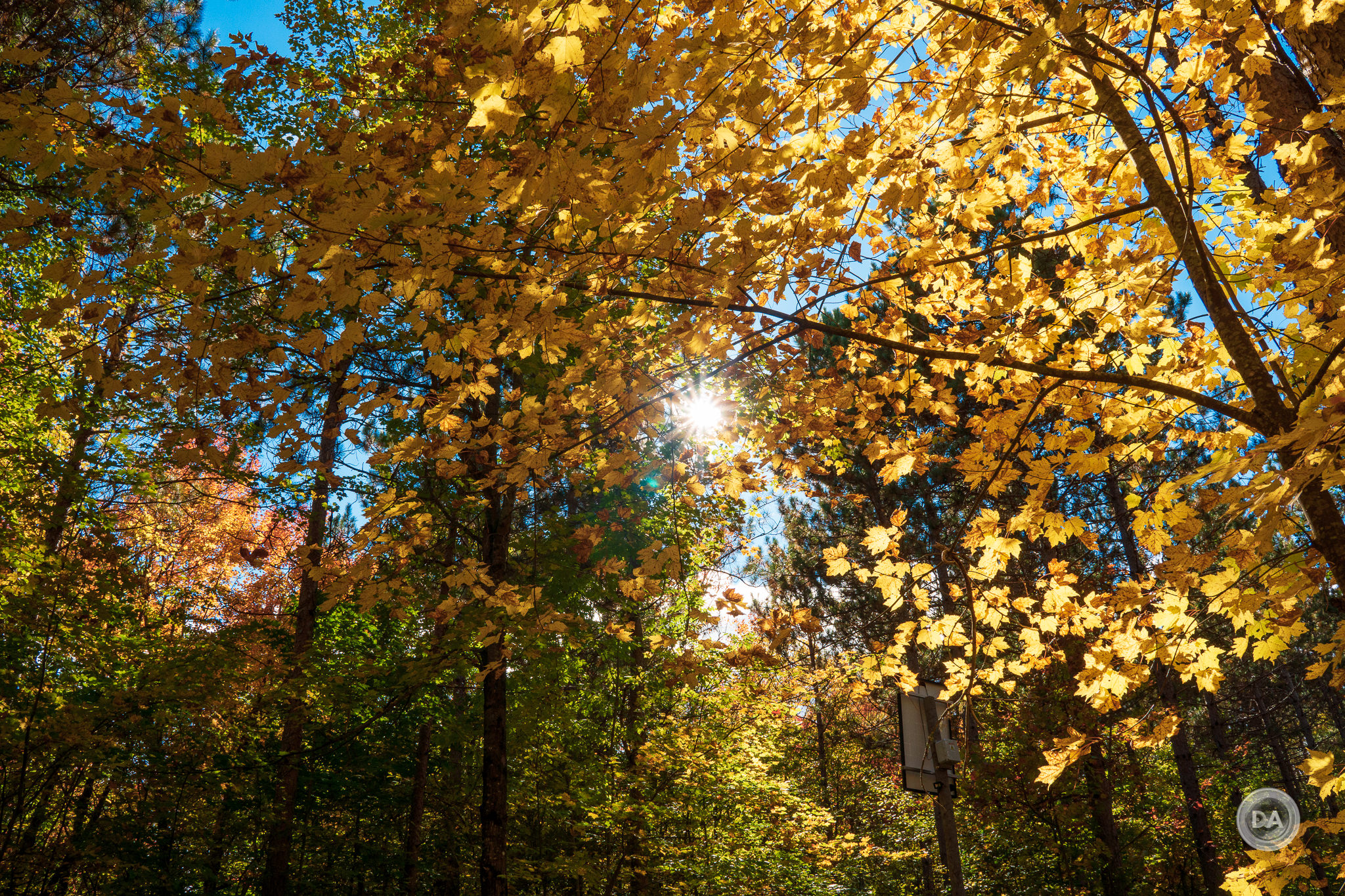
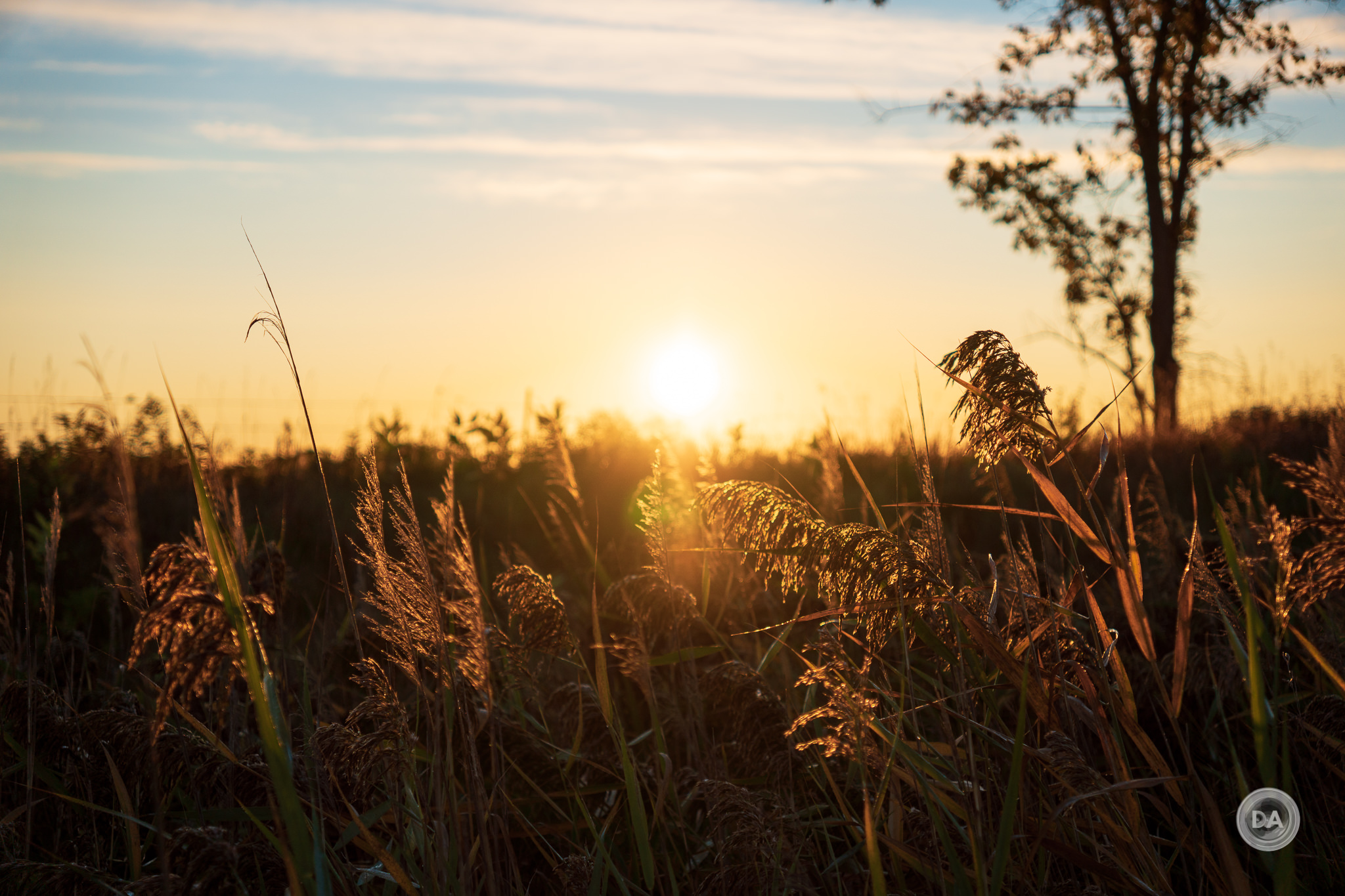
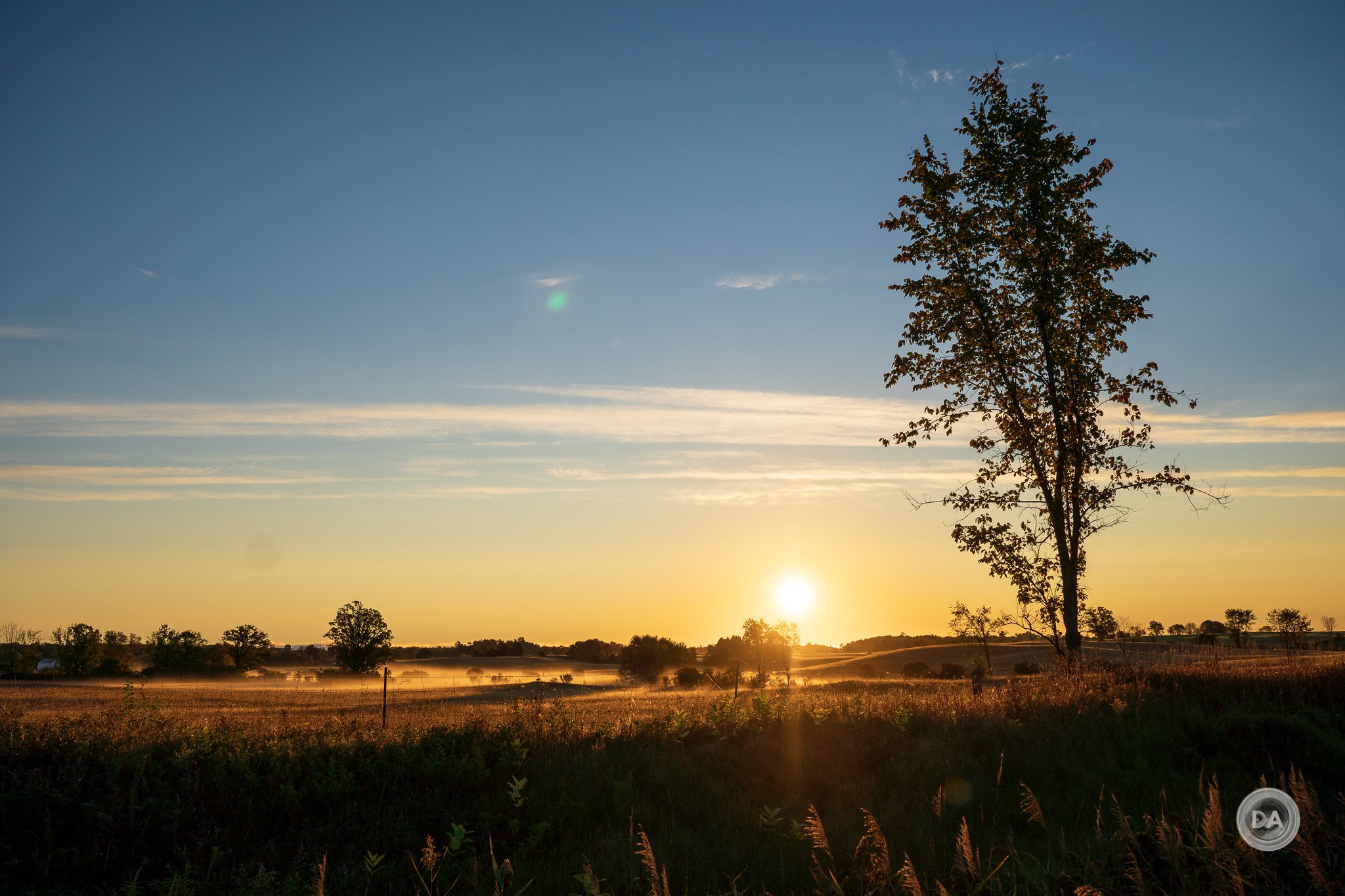

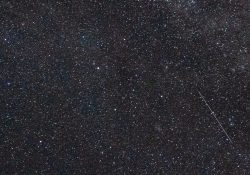

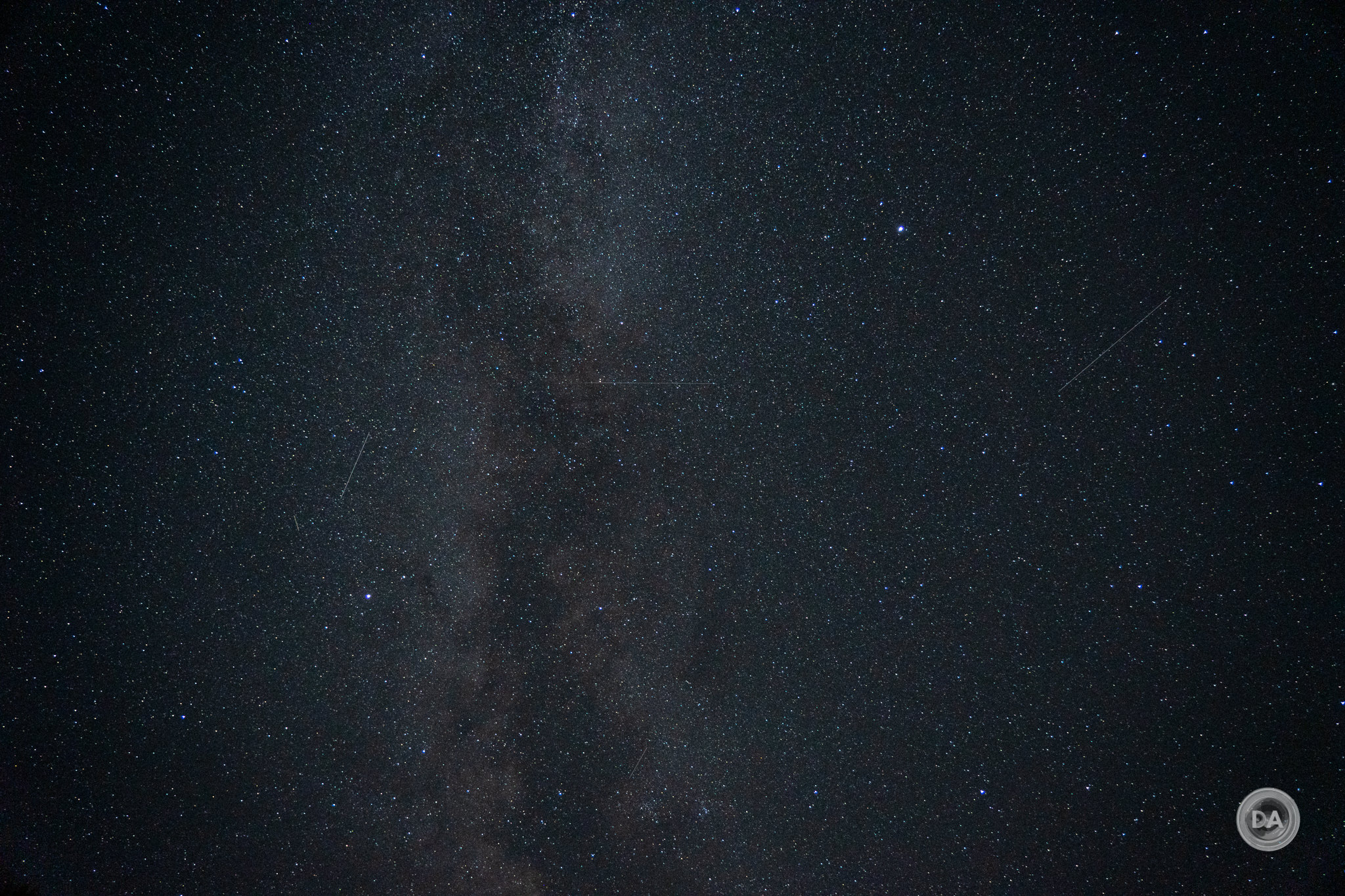
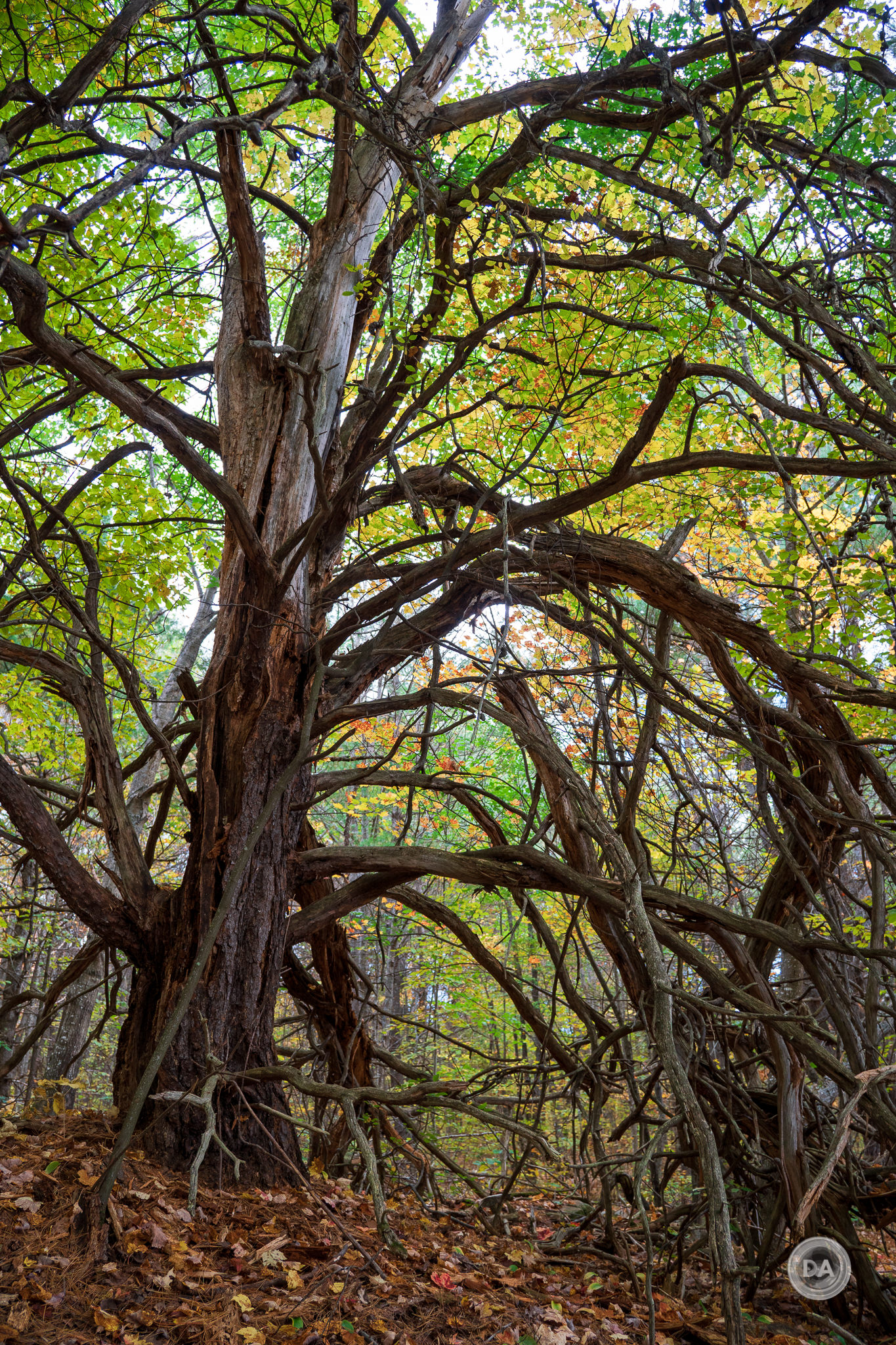
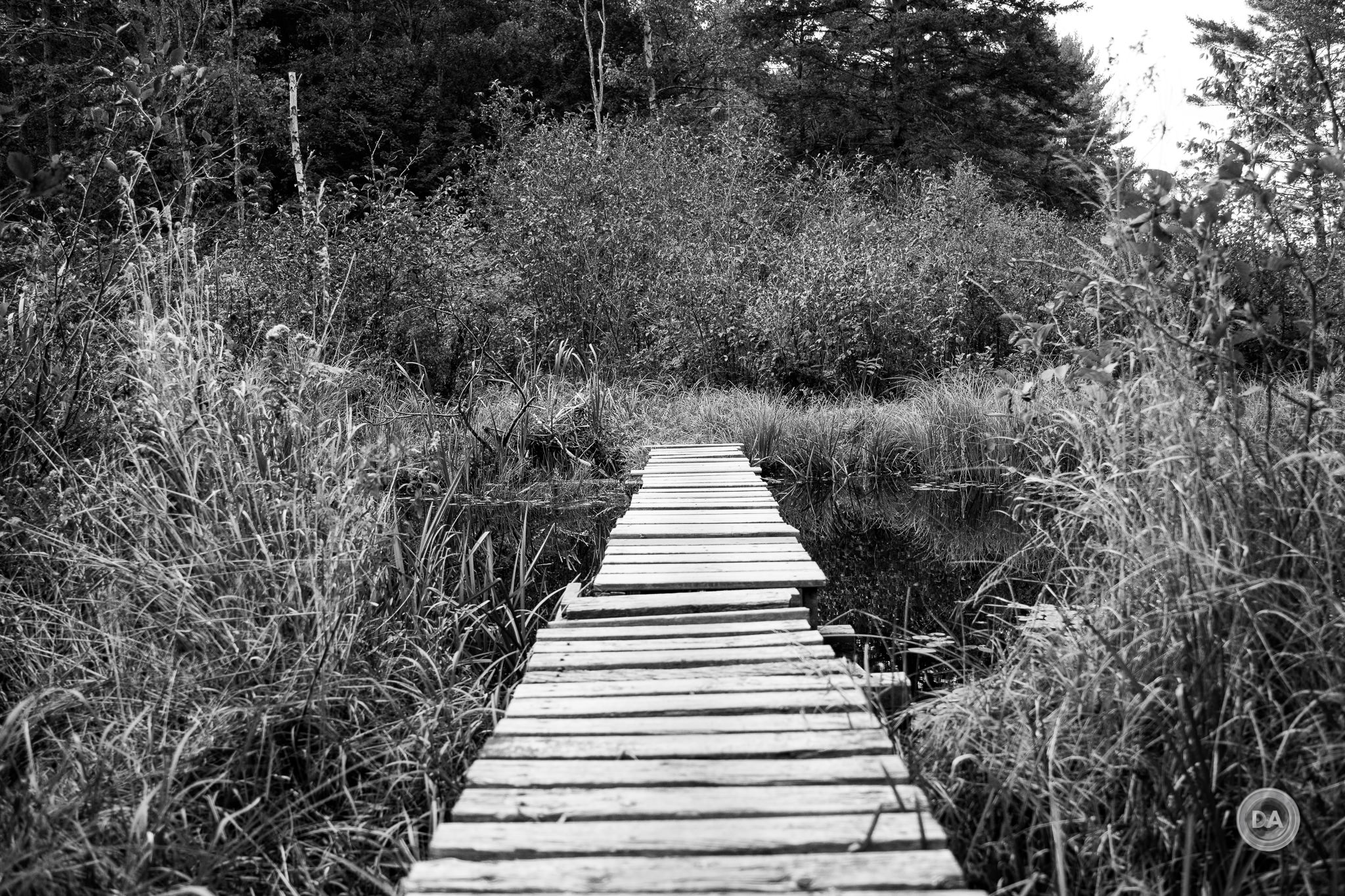




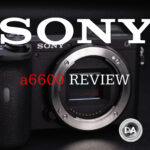
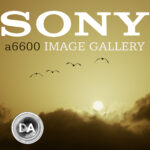





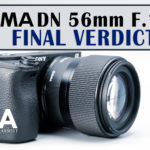
[…] received Sigma’s first APS-C specific zoom lens for mirrorless cameras (the Sigma 18-50mm F2.8 DC DN) back in October of 2021. At that stage the Fujifilm X-mount was closed to most third party […]
[…] received Sigma’s first APS-C specific zoom lens for mirrorless cameras (the Sigma 18-50mm F2.8 DC DN) back in October of 2021. At that stage the Fujifilm X-mount was closed to most third party […]